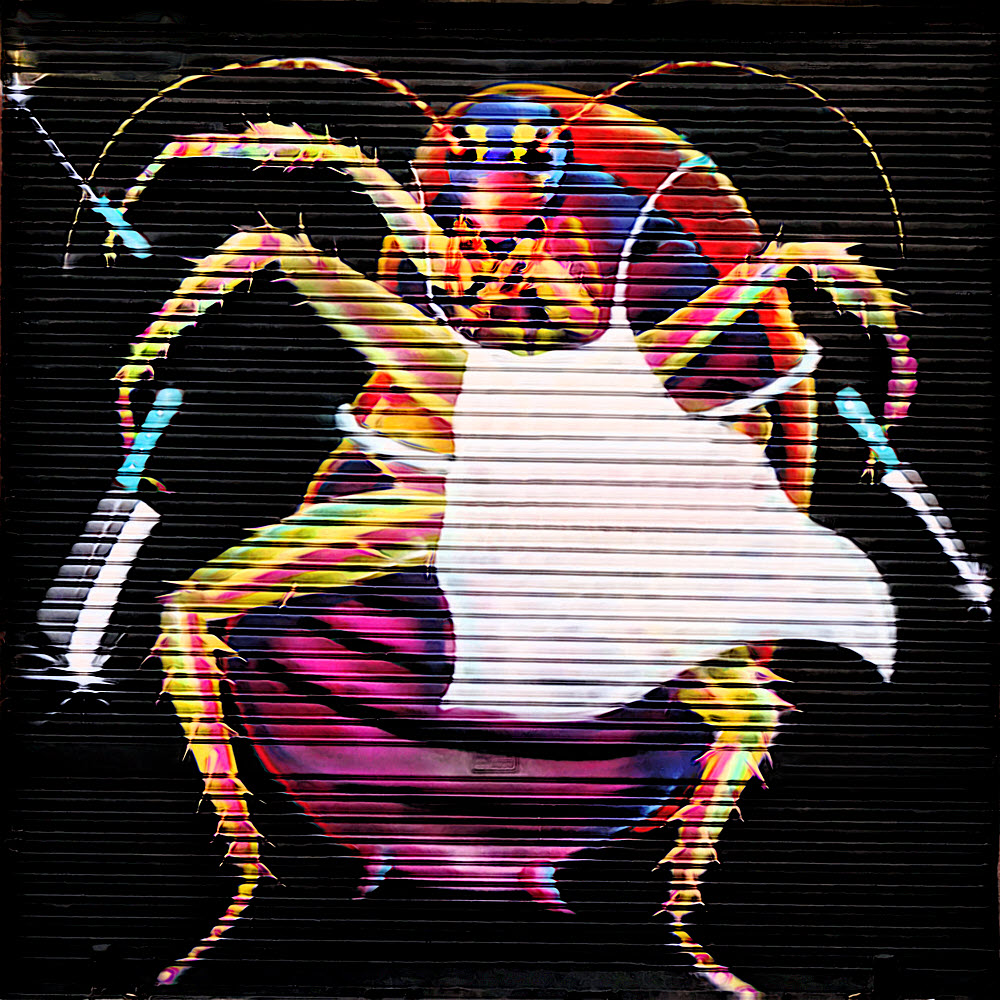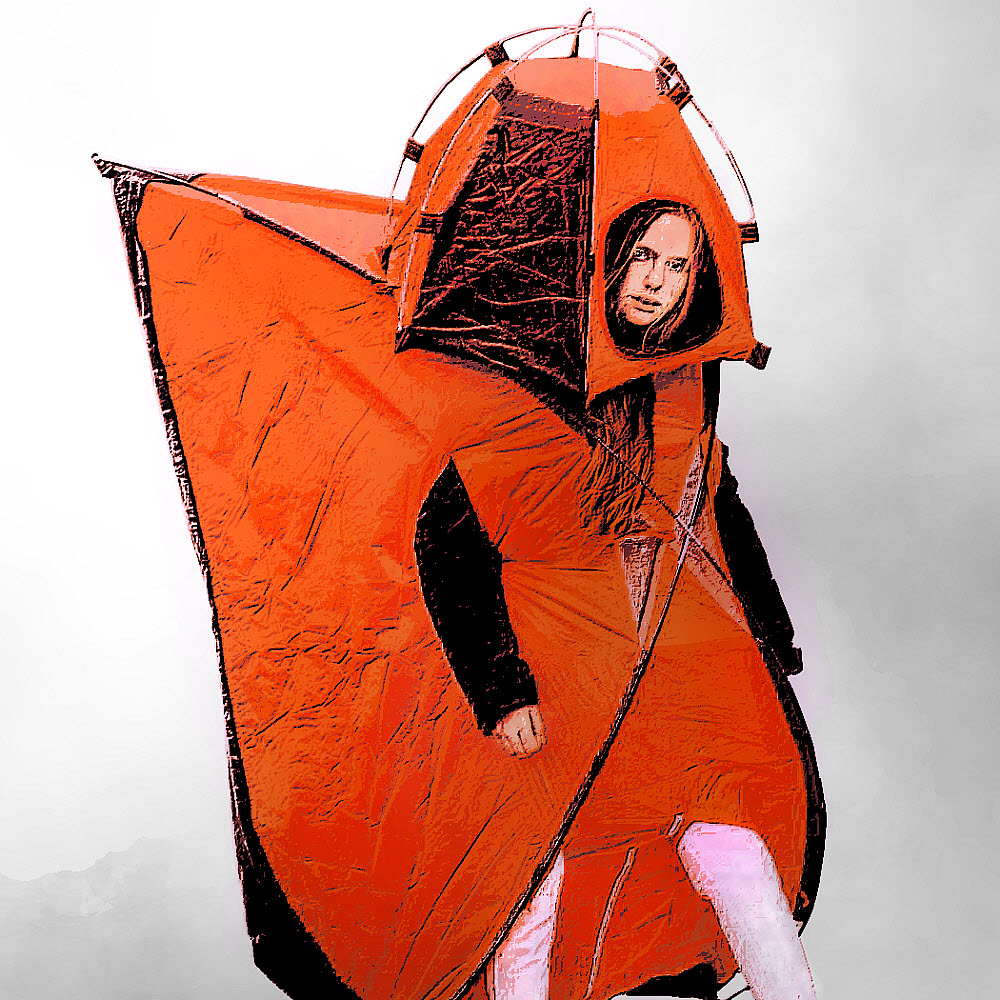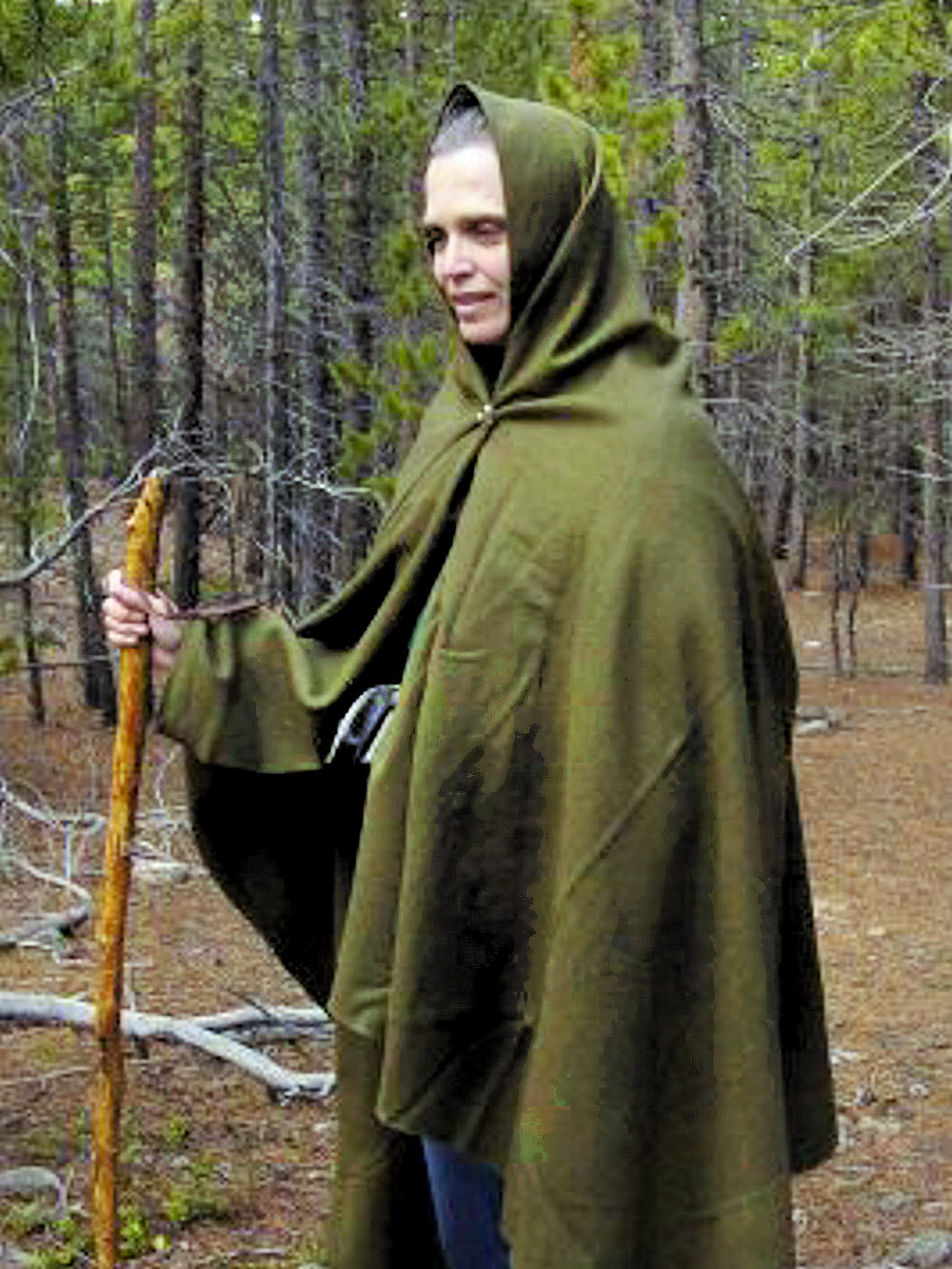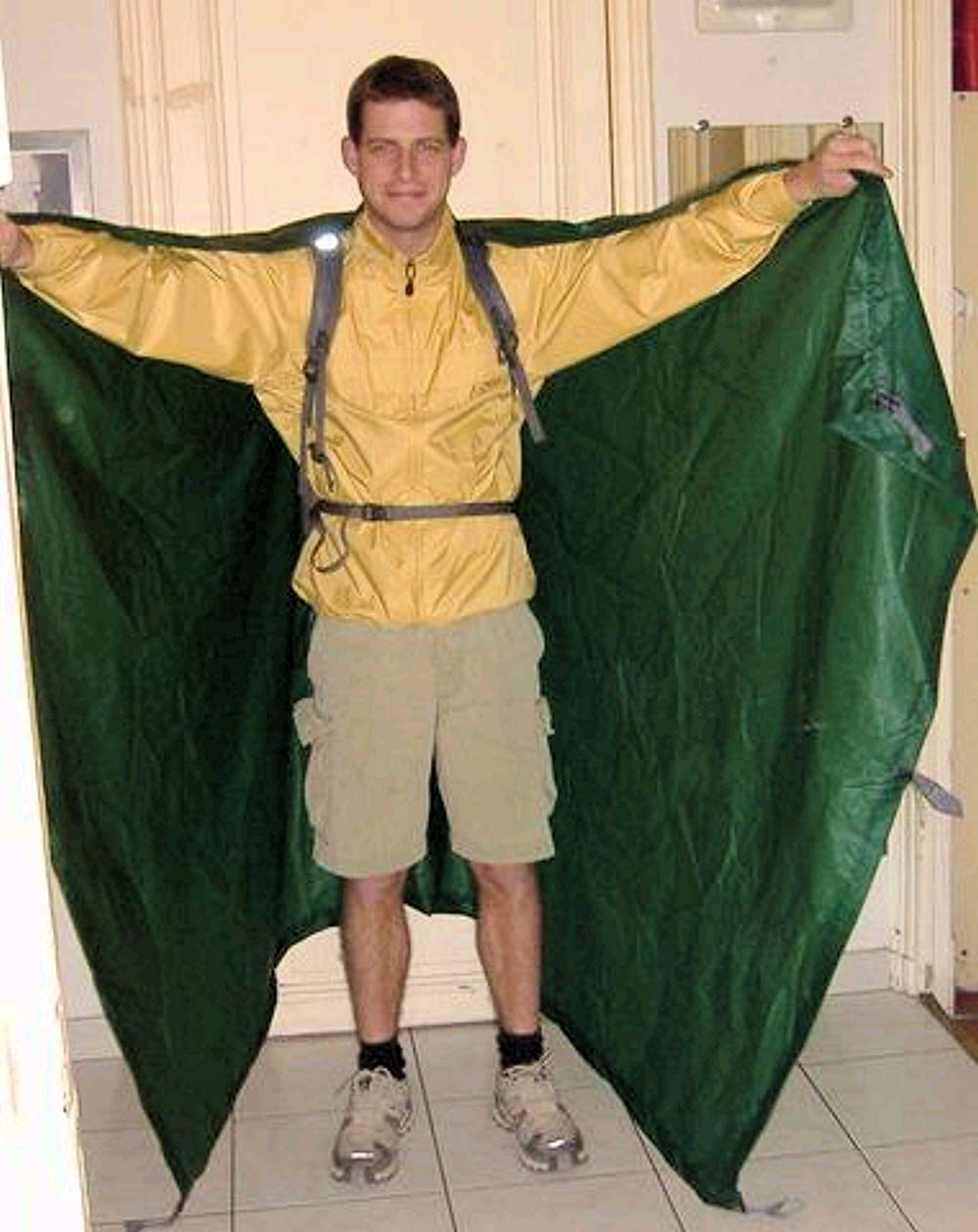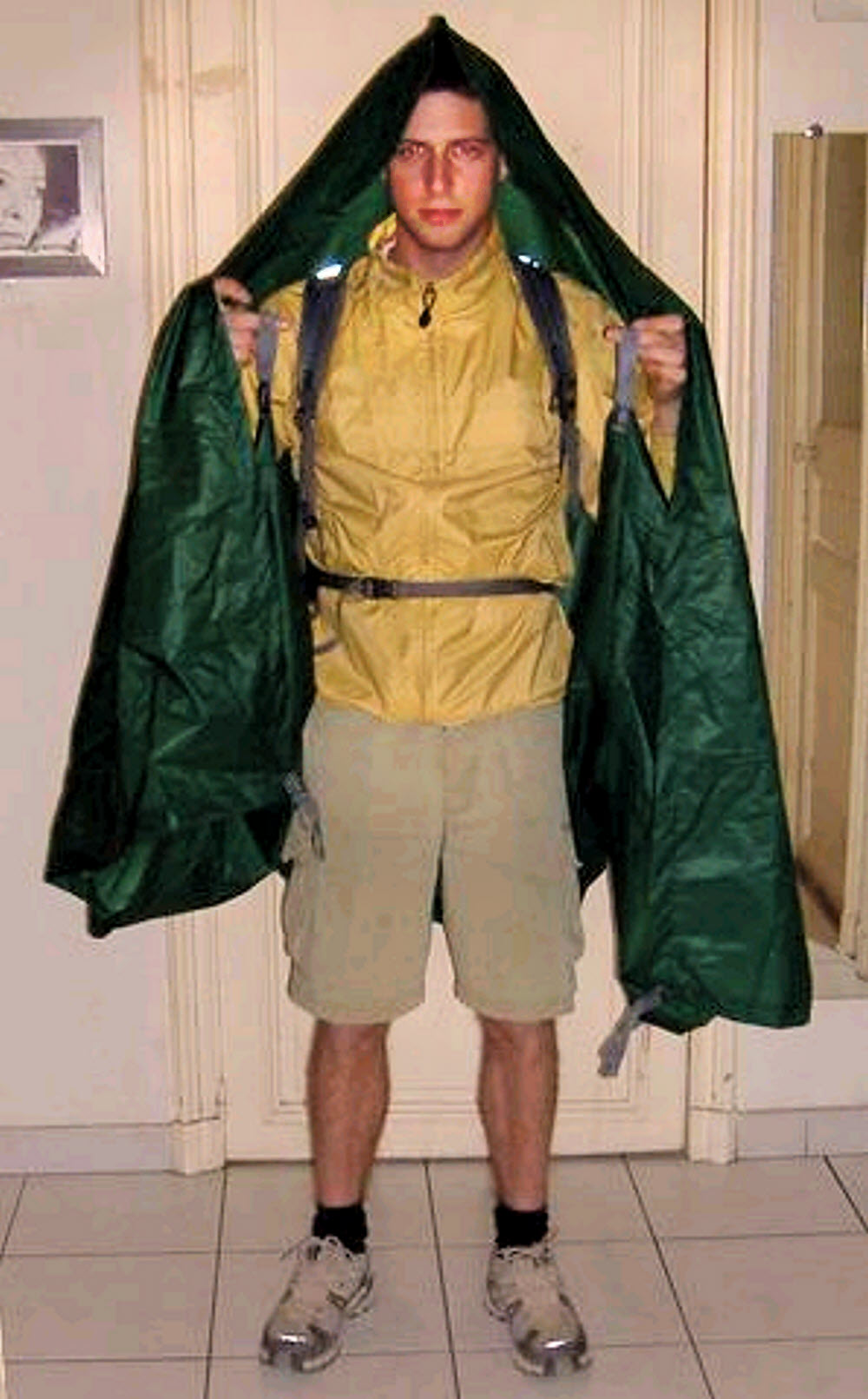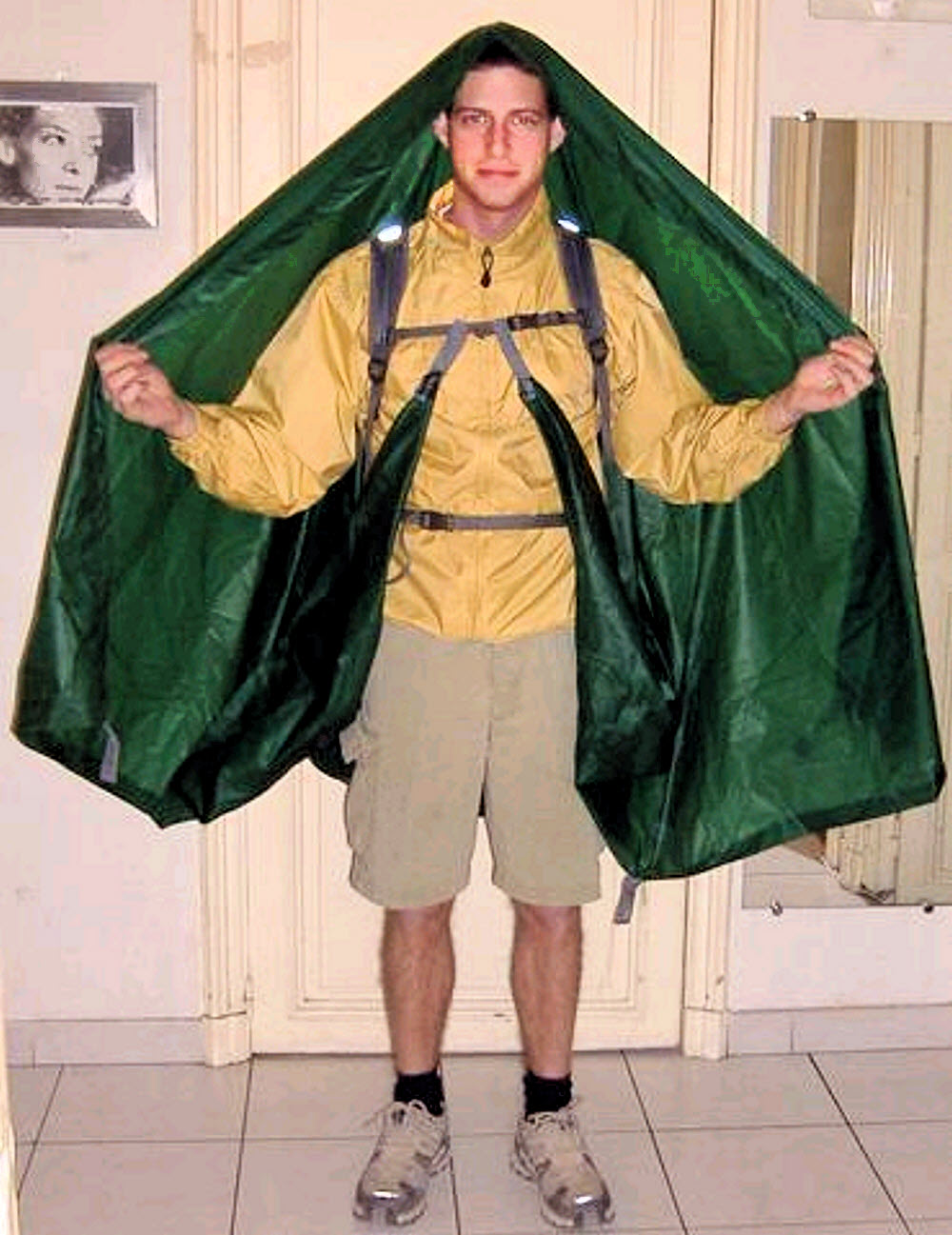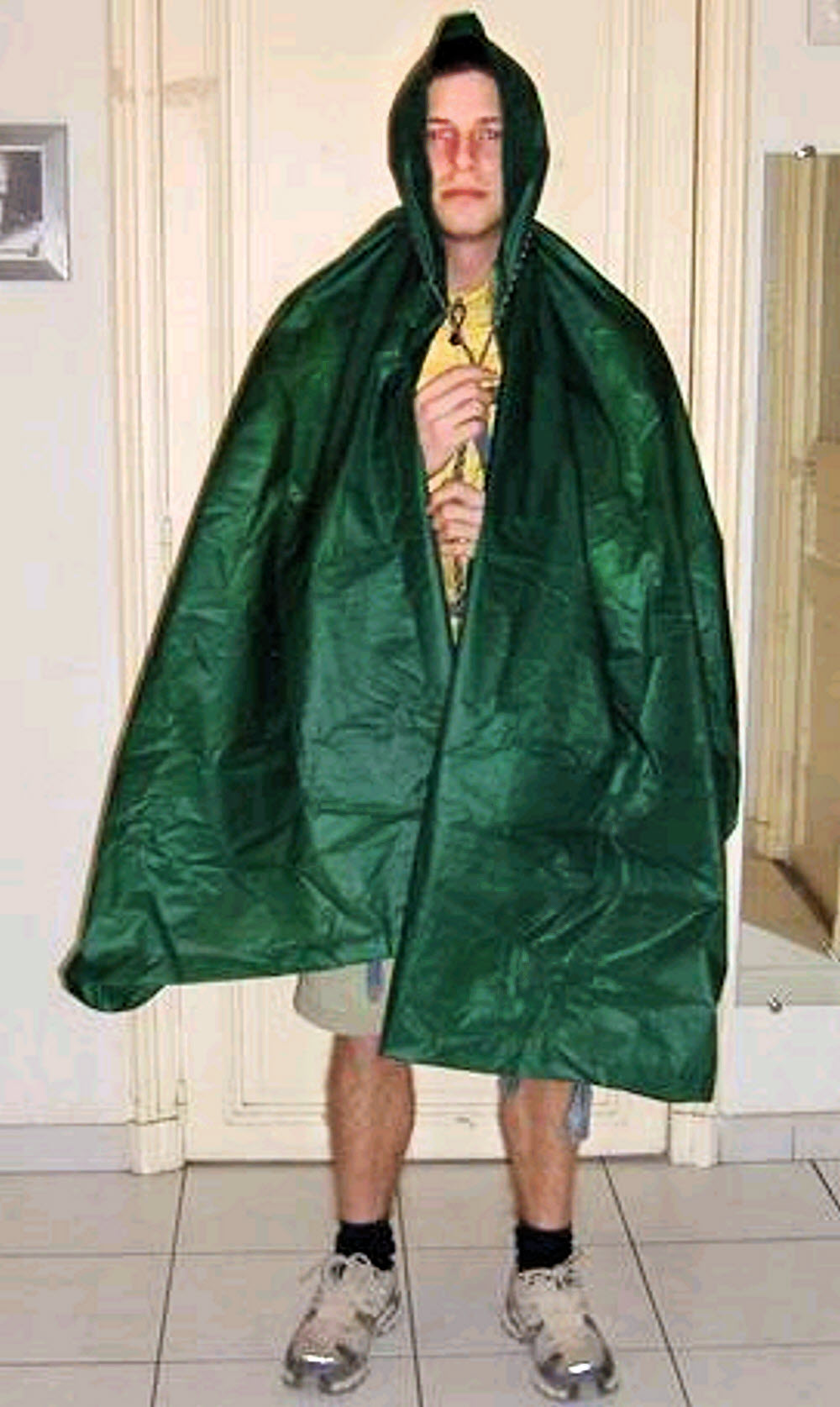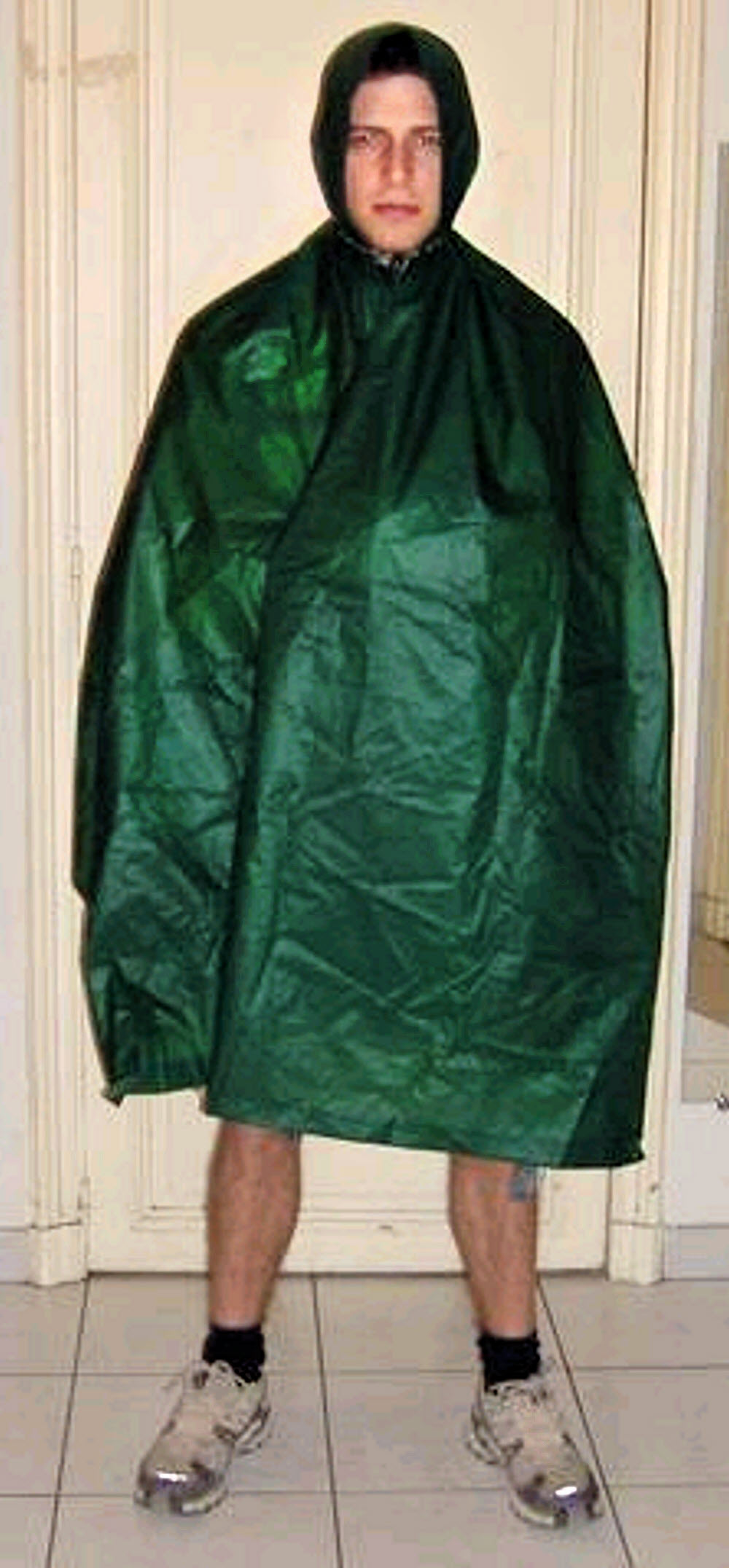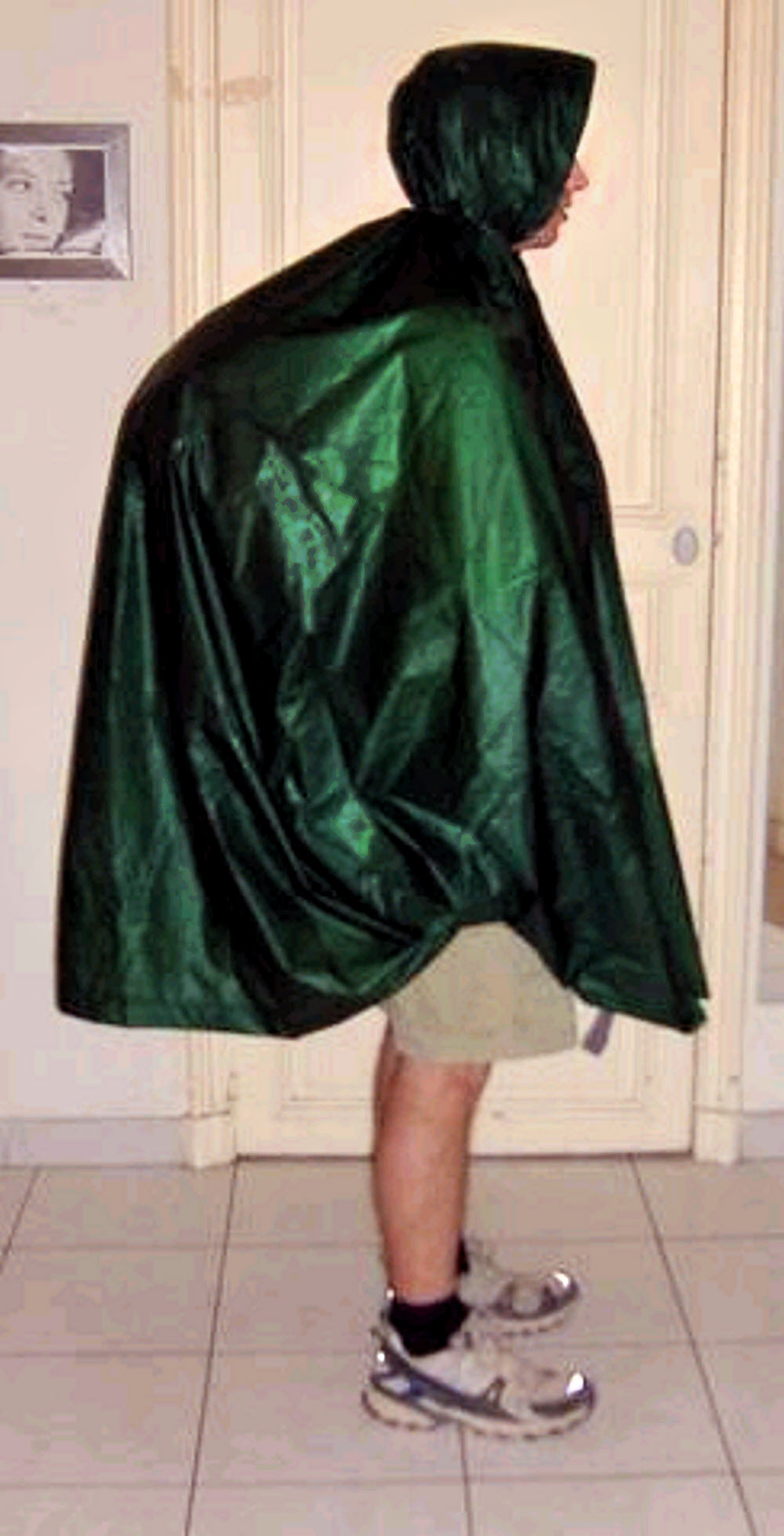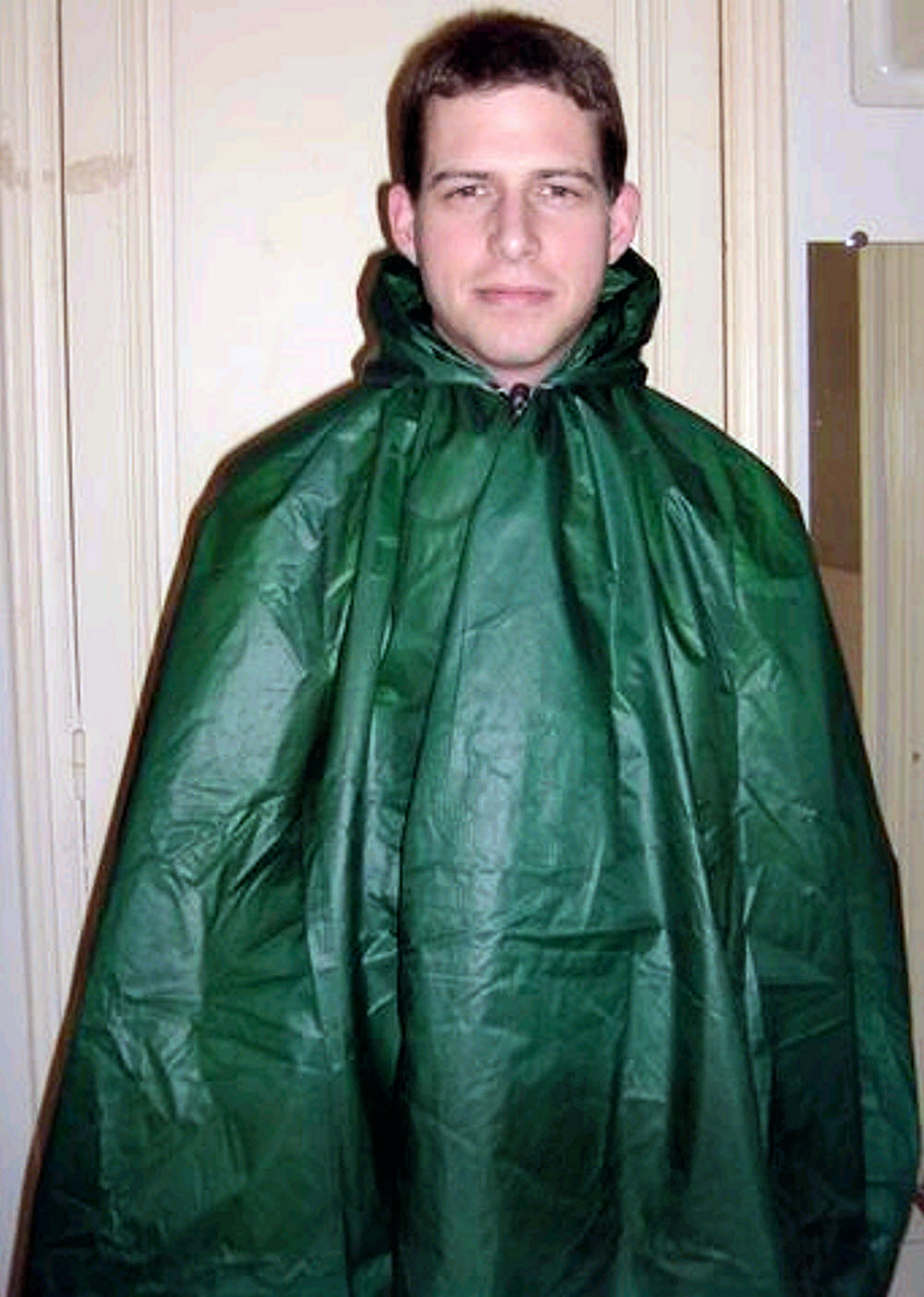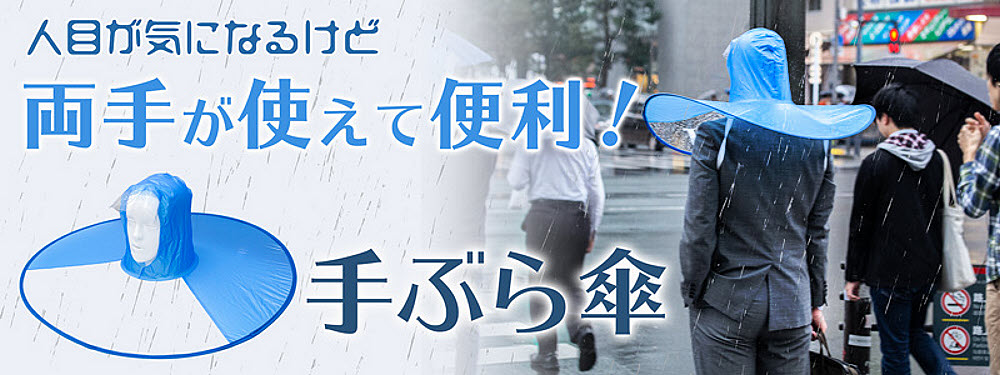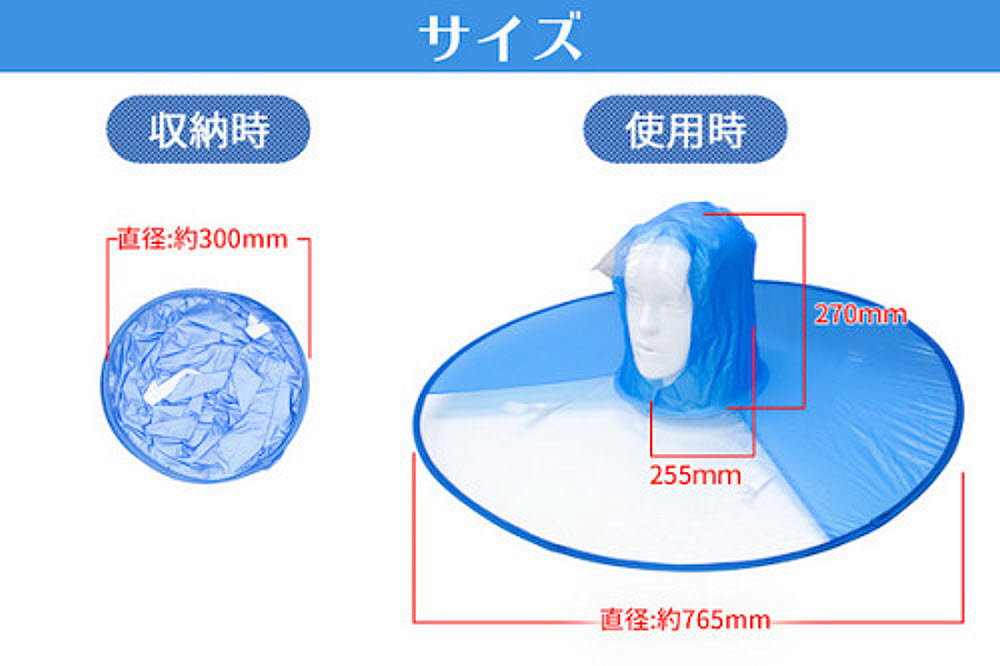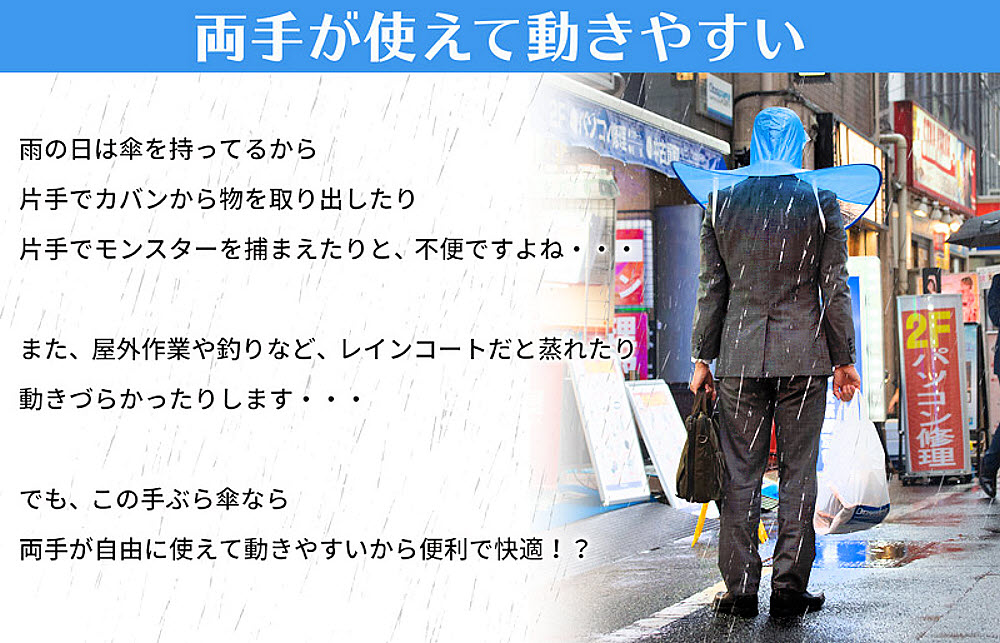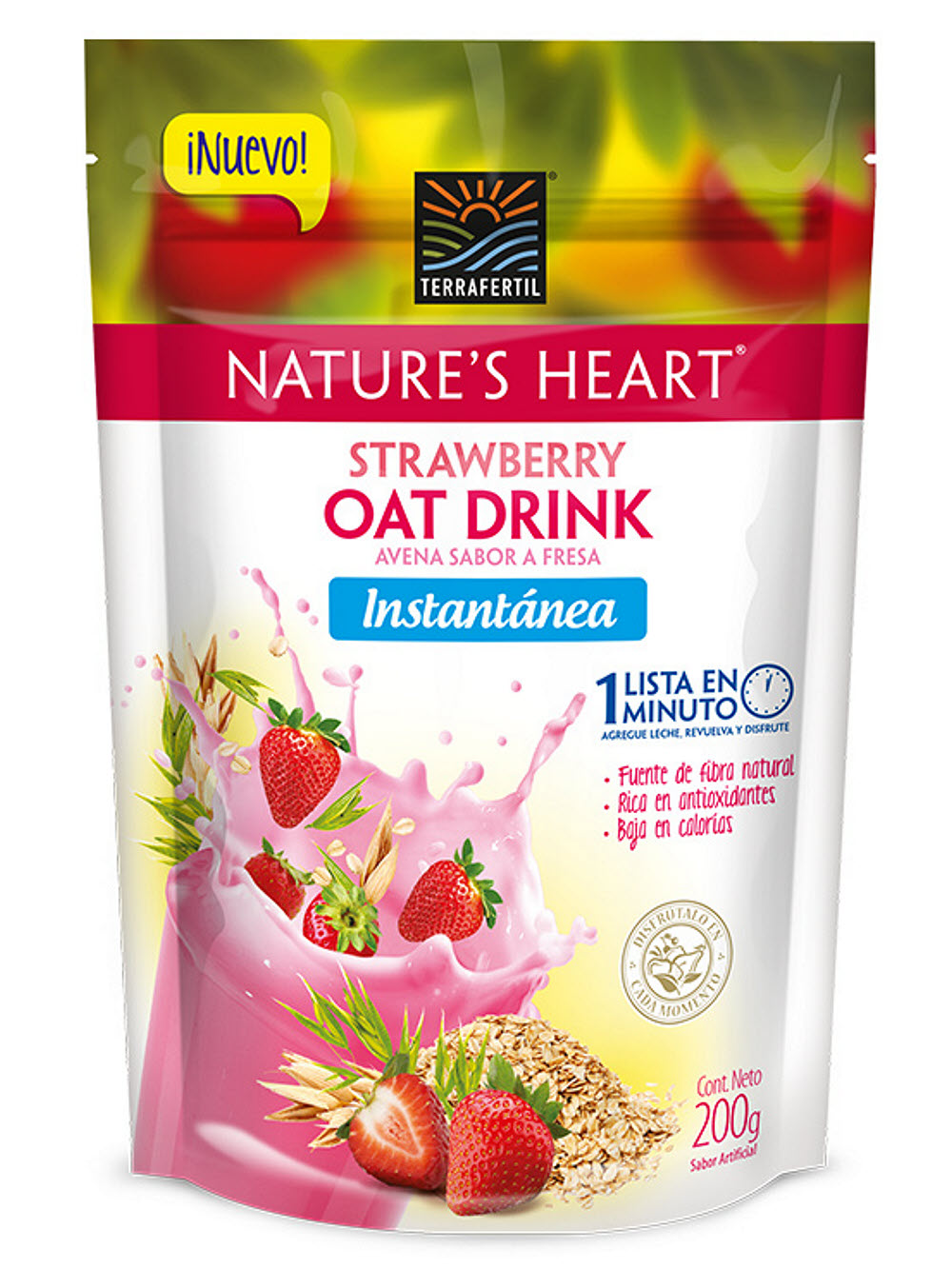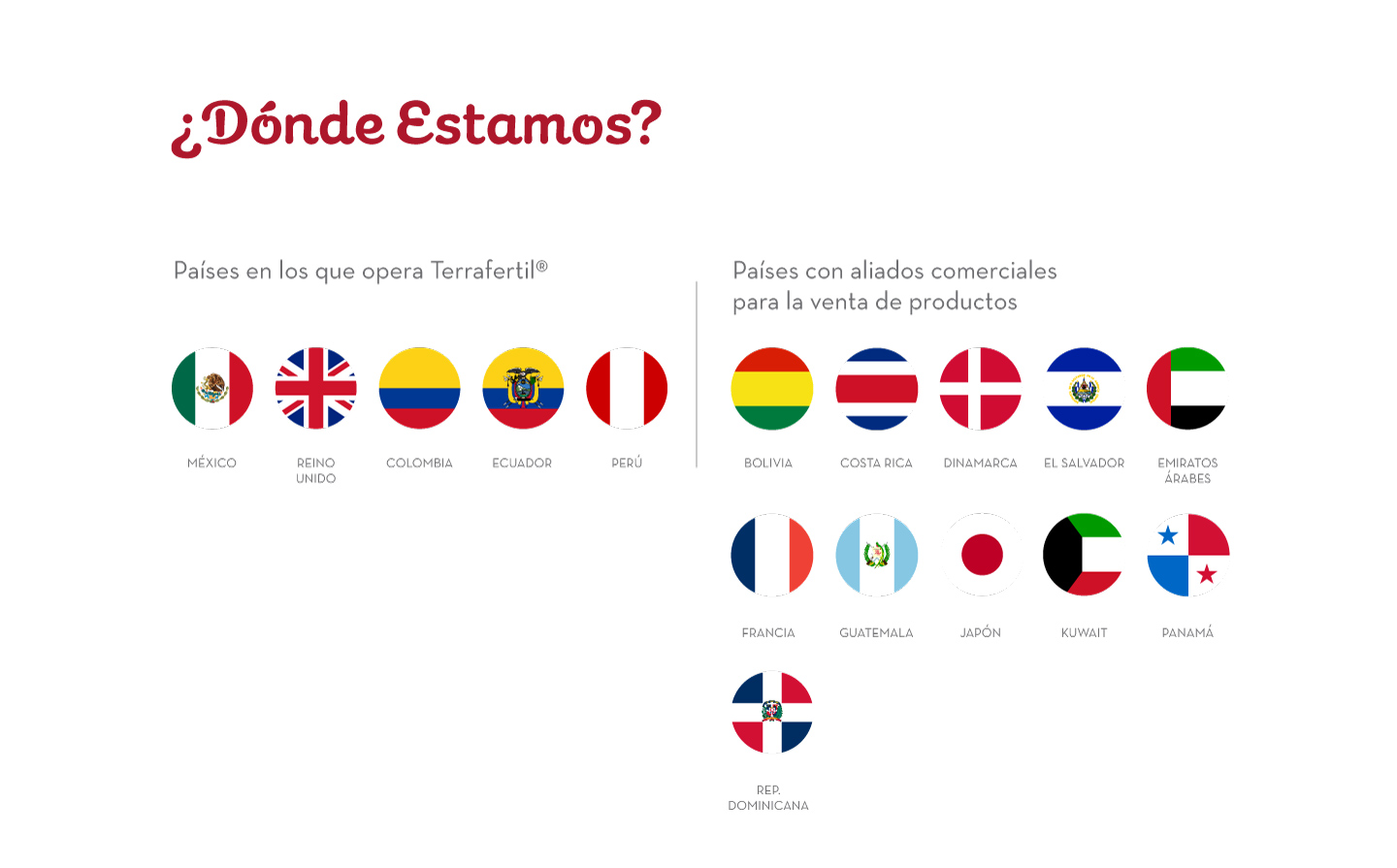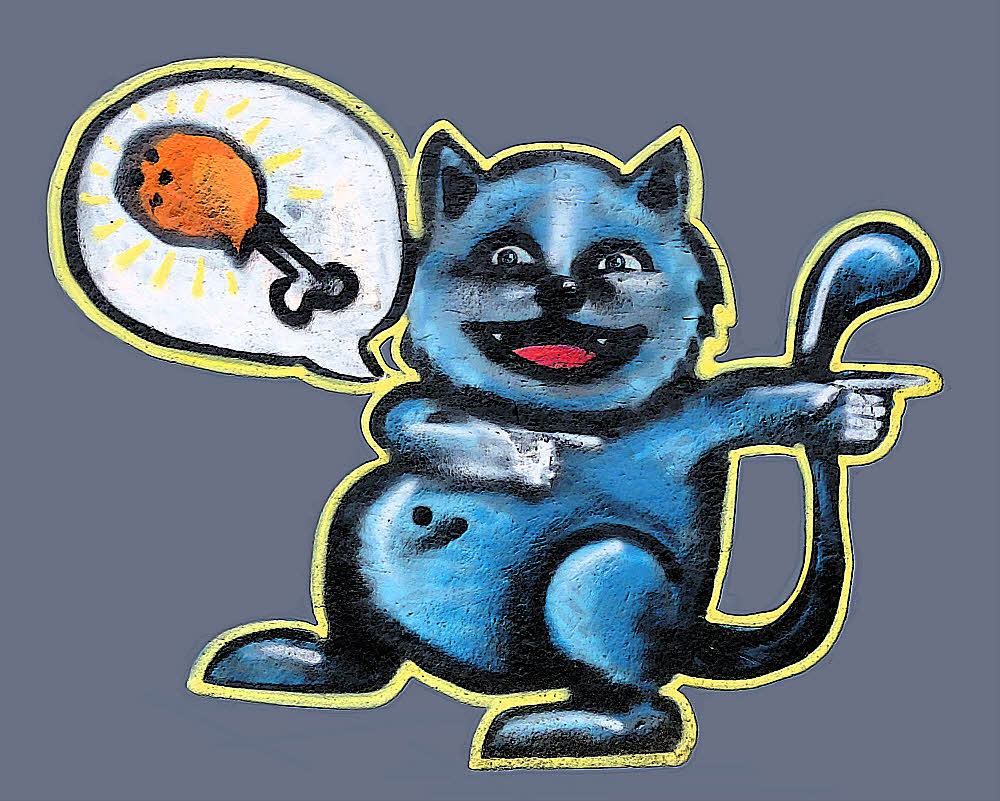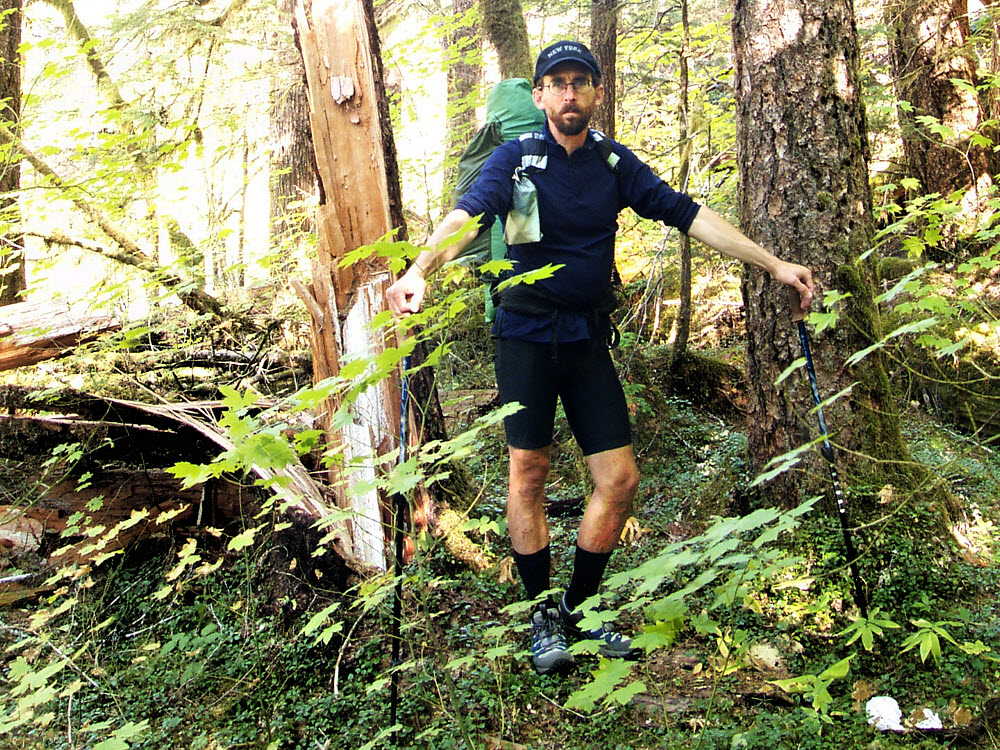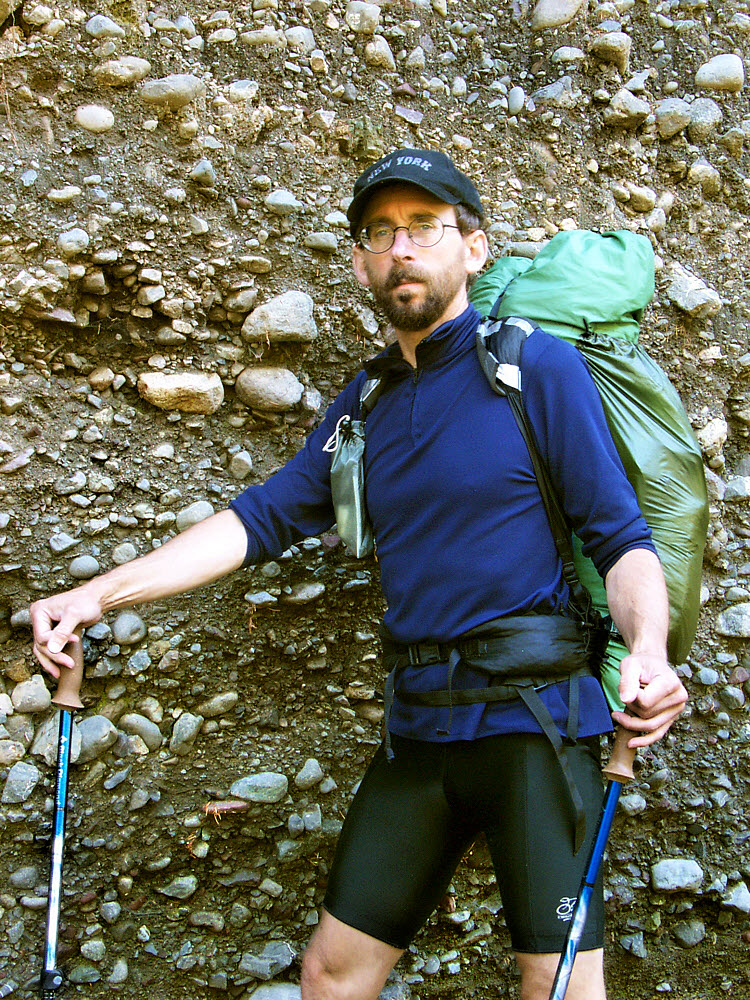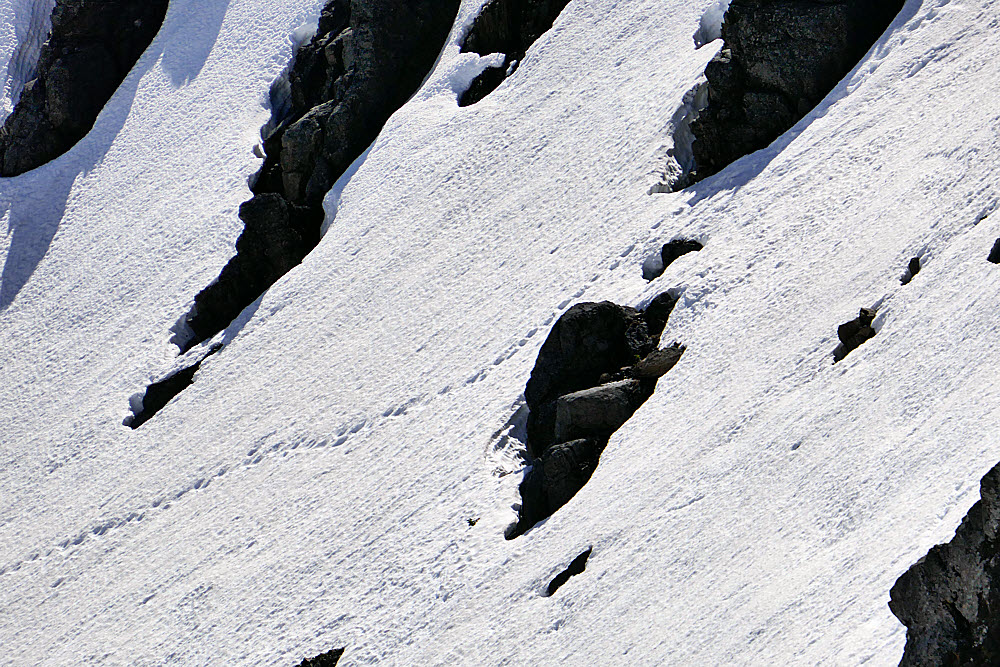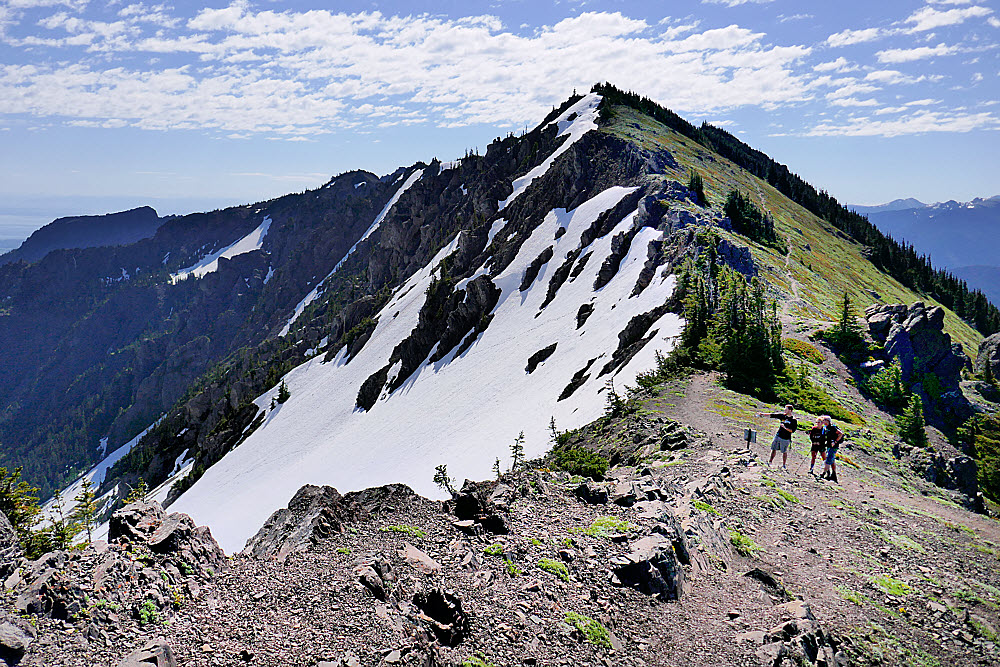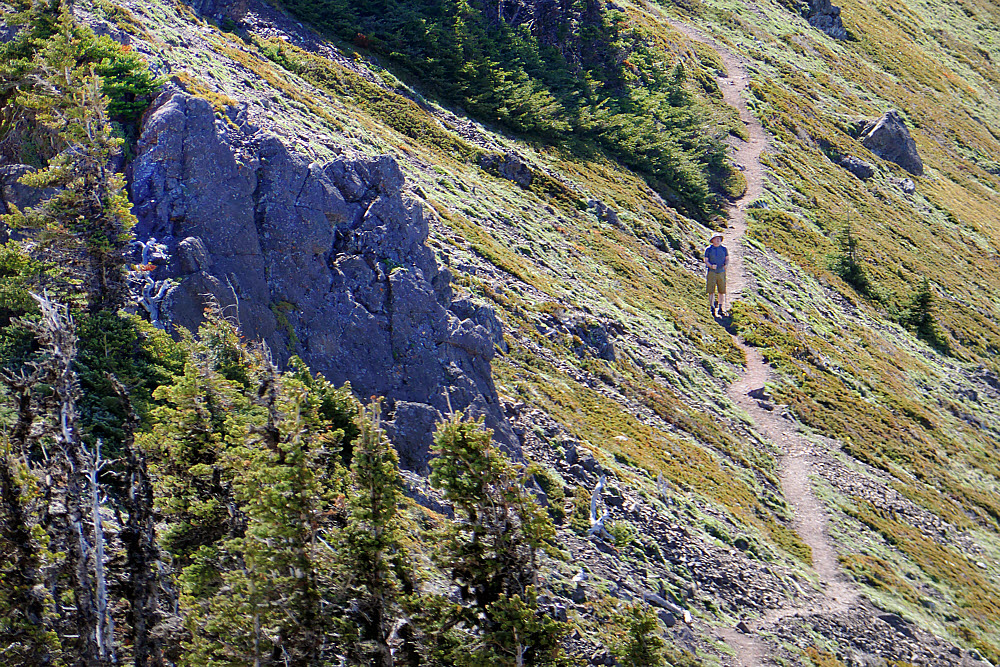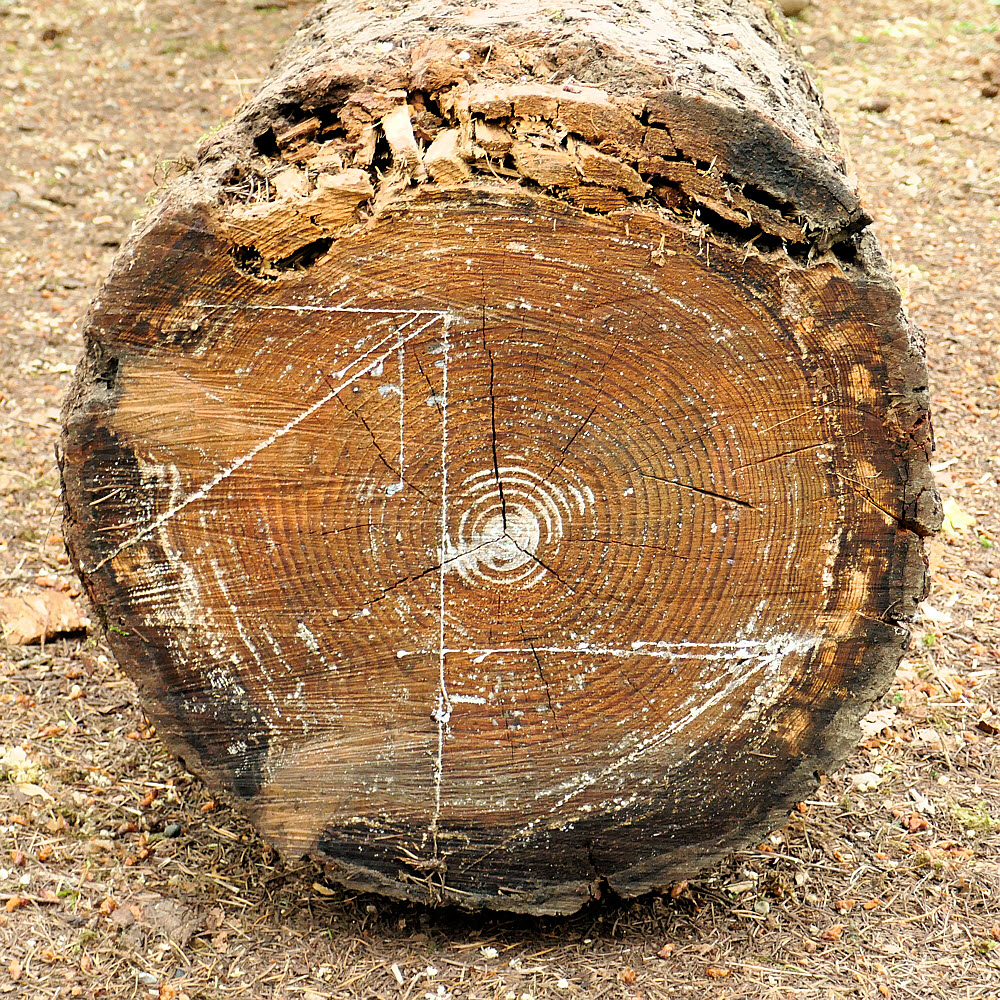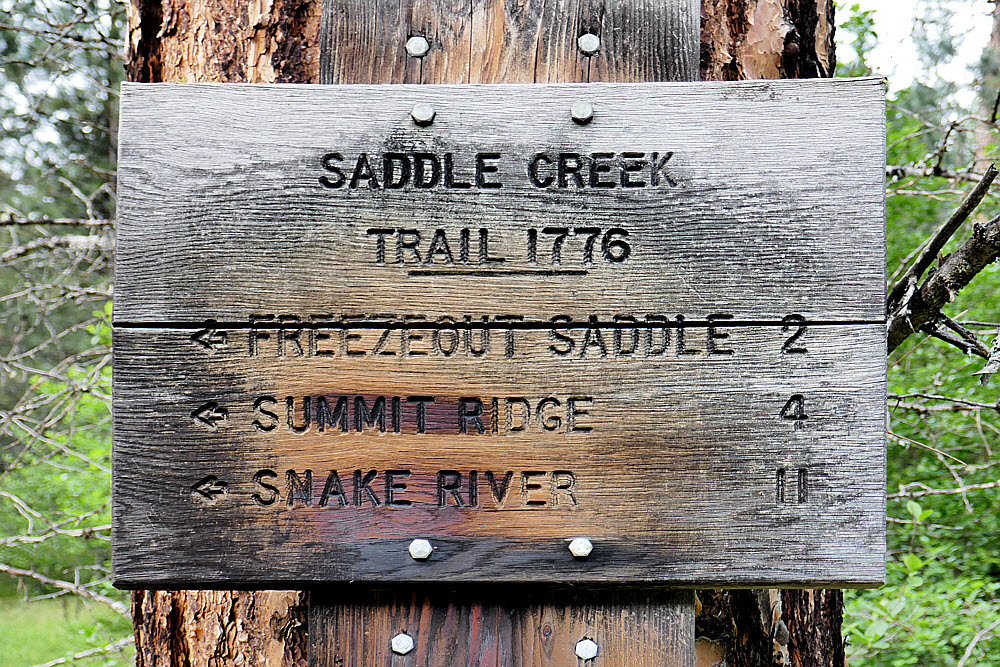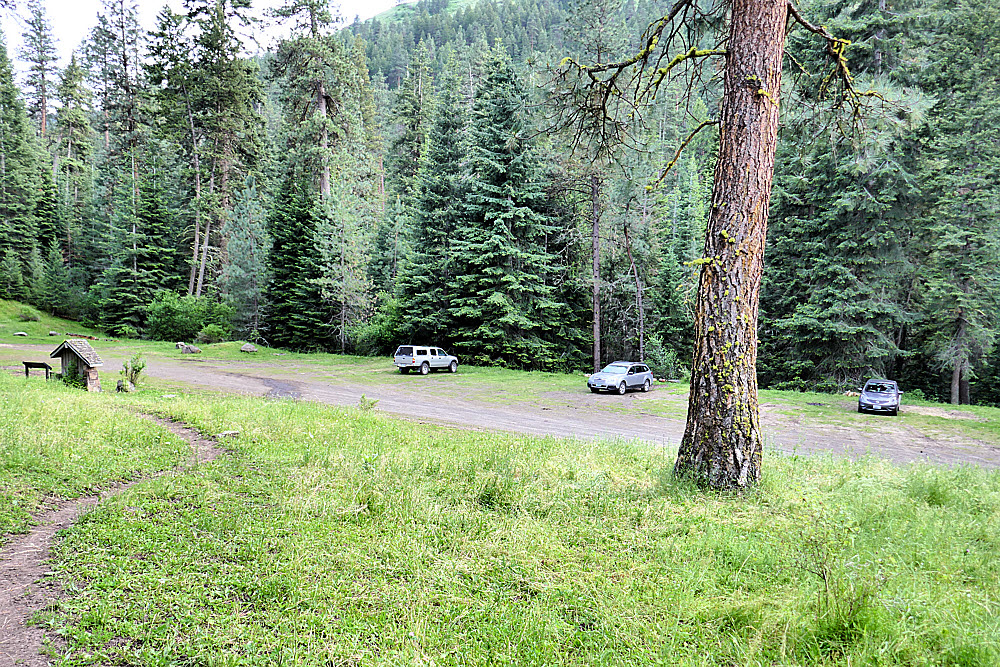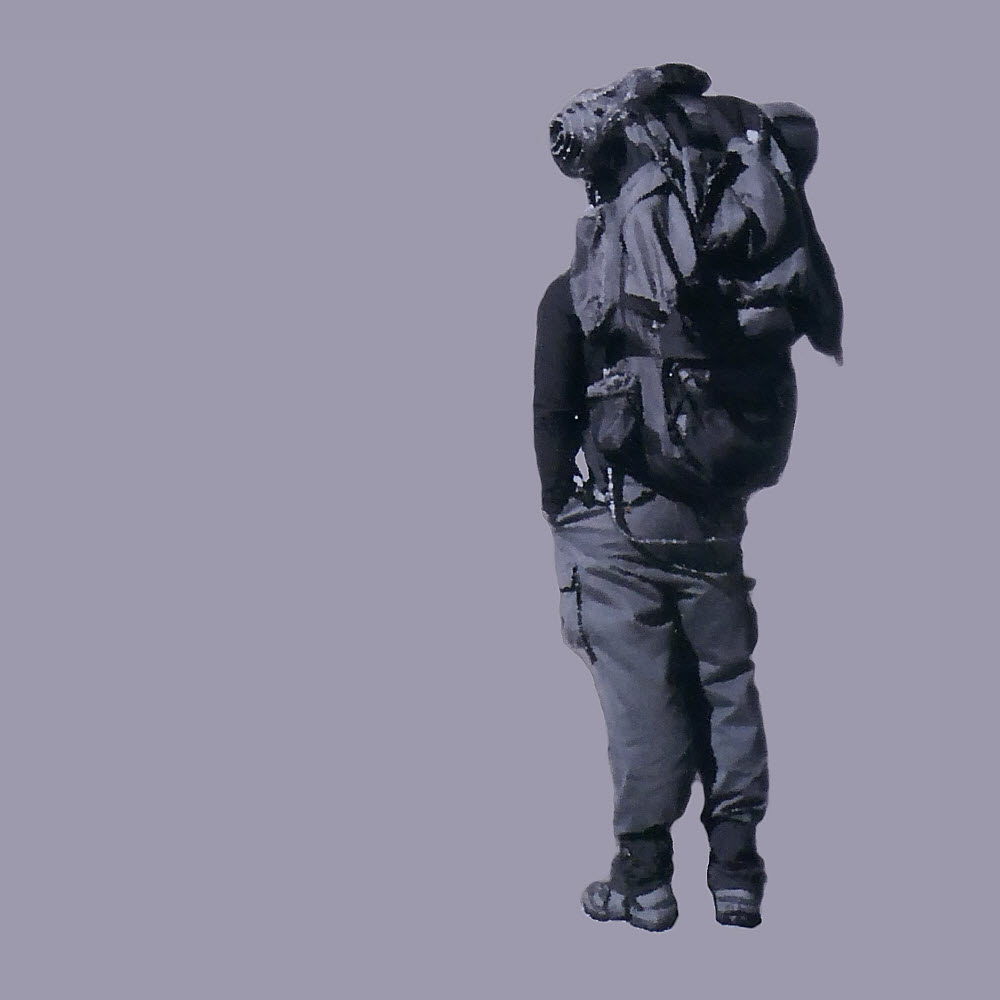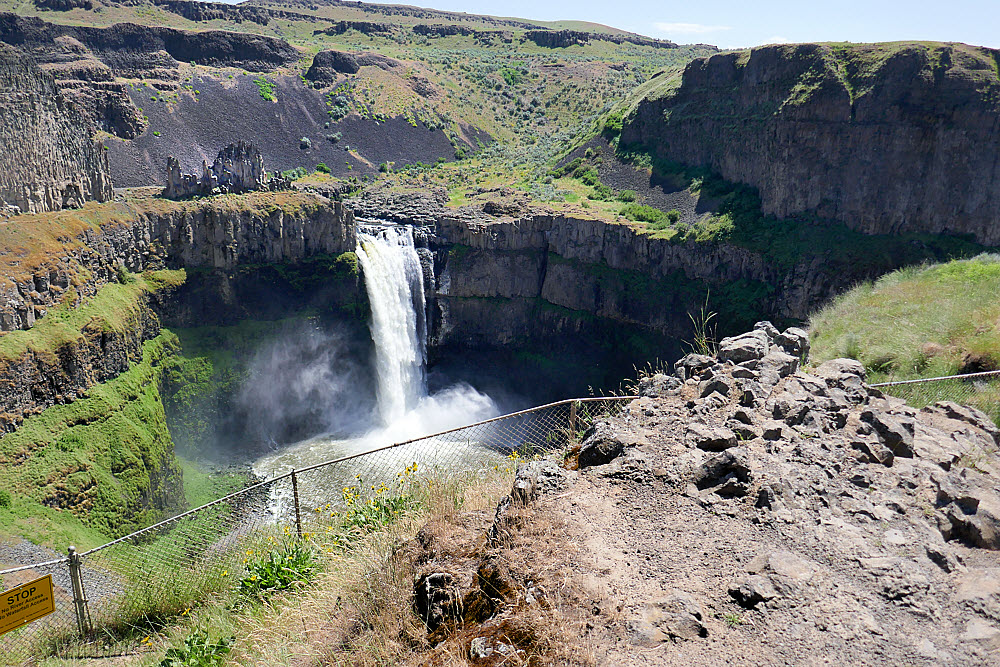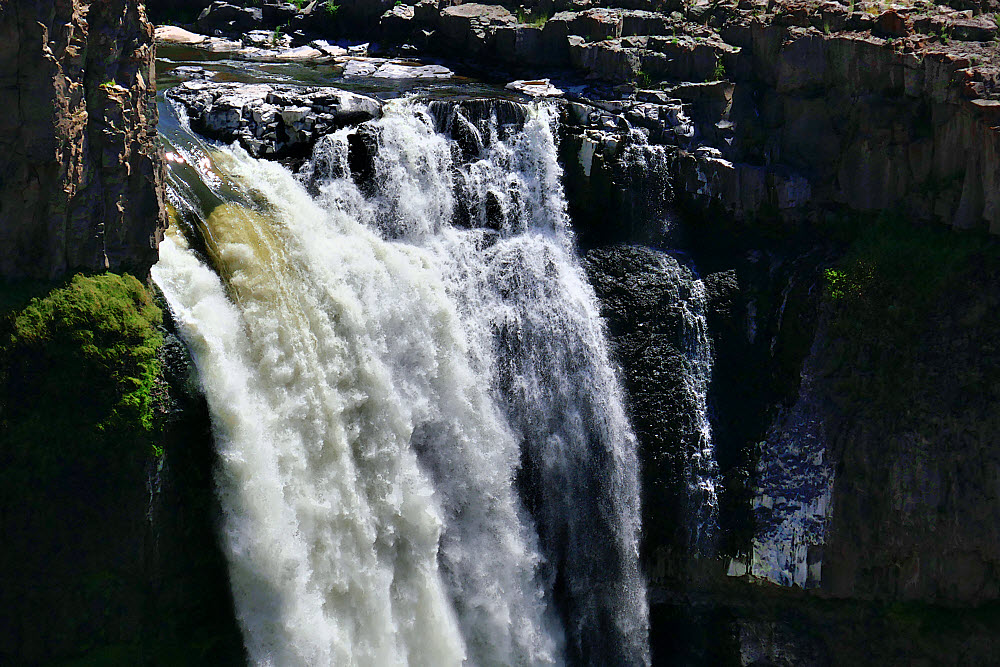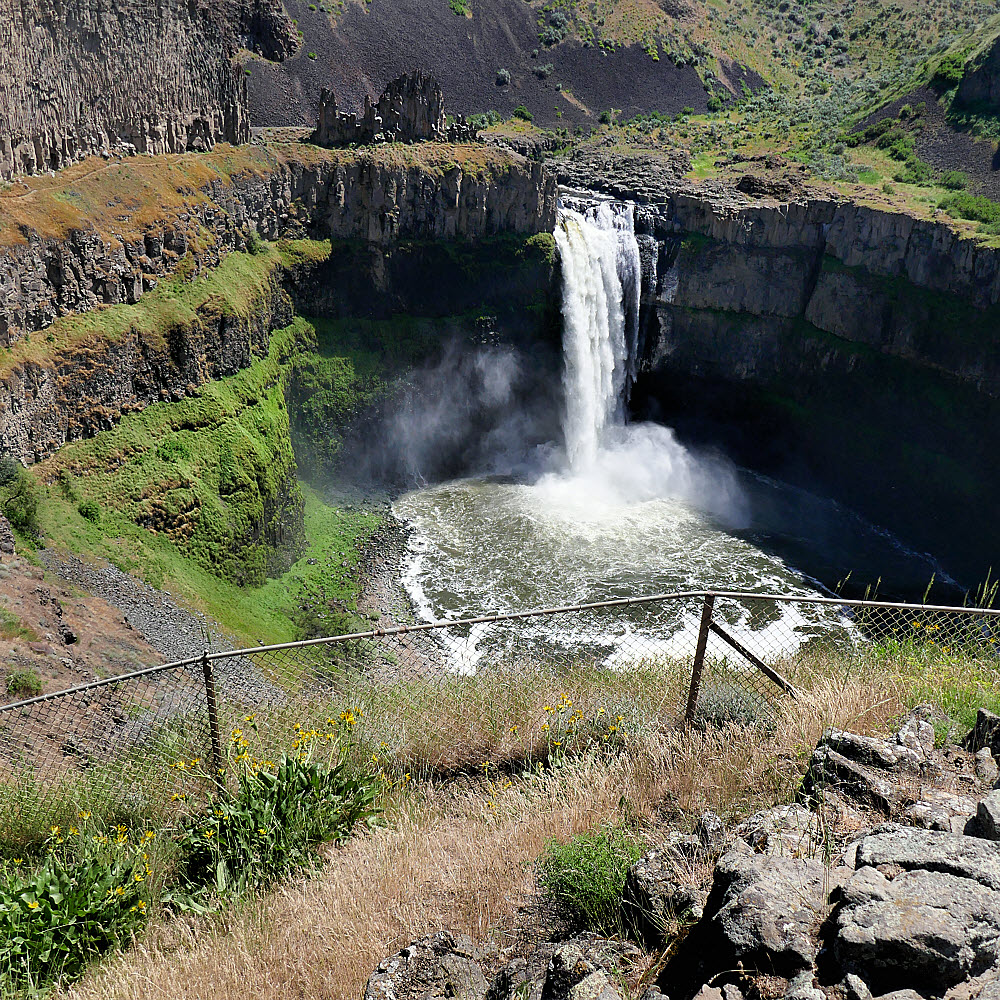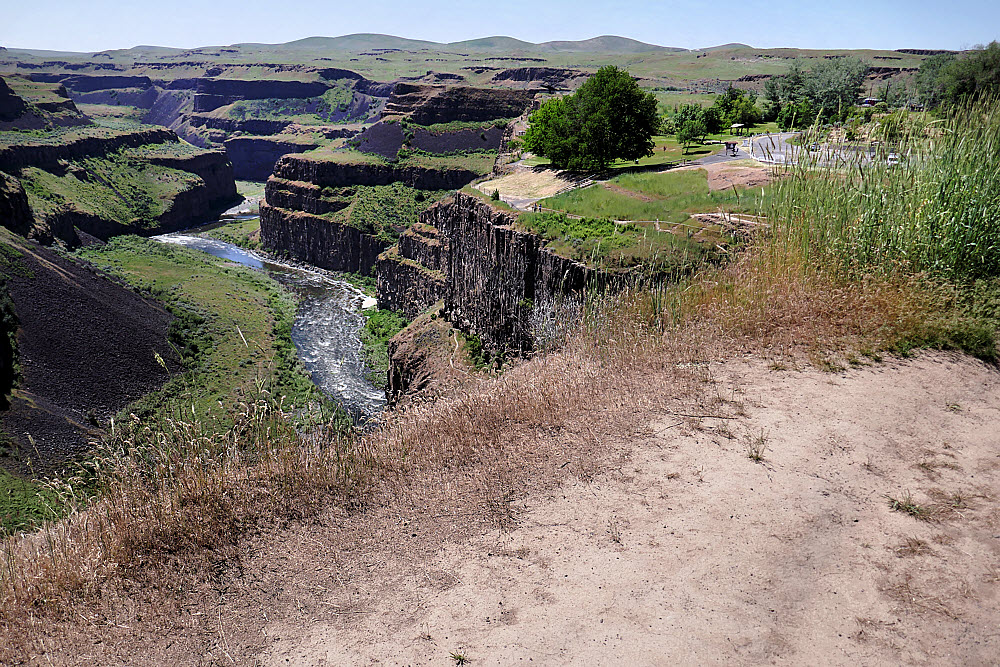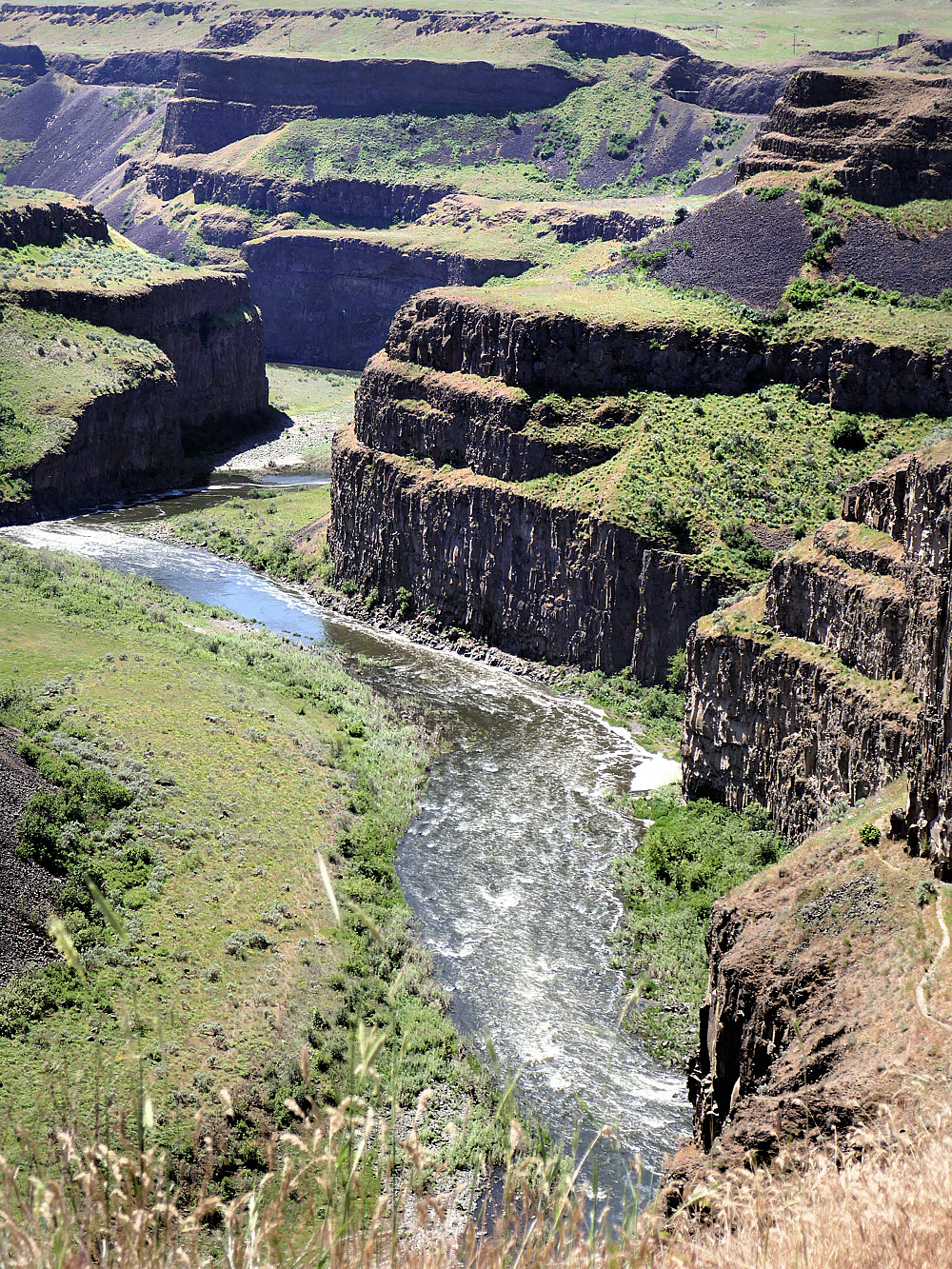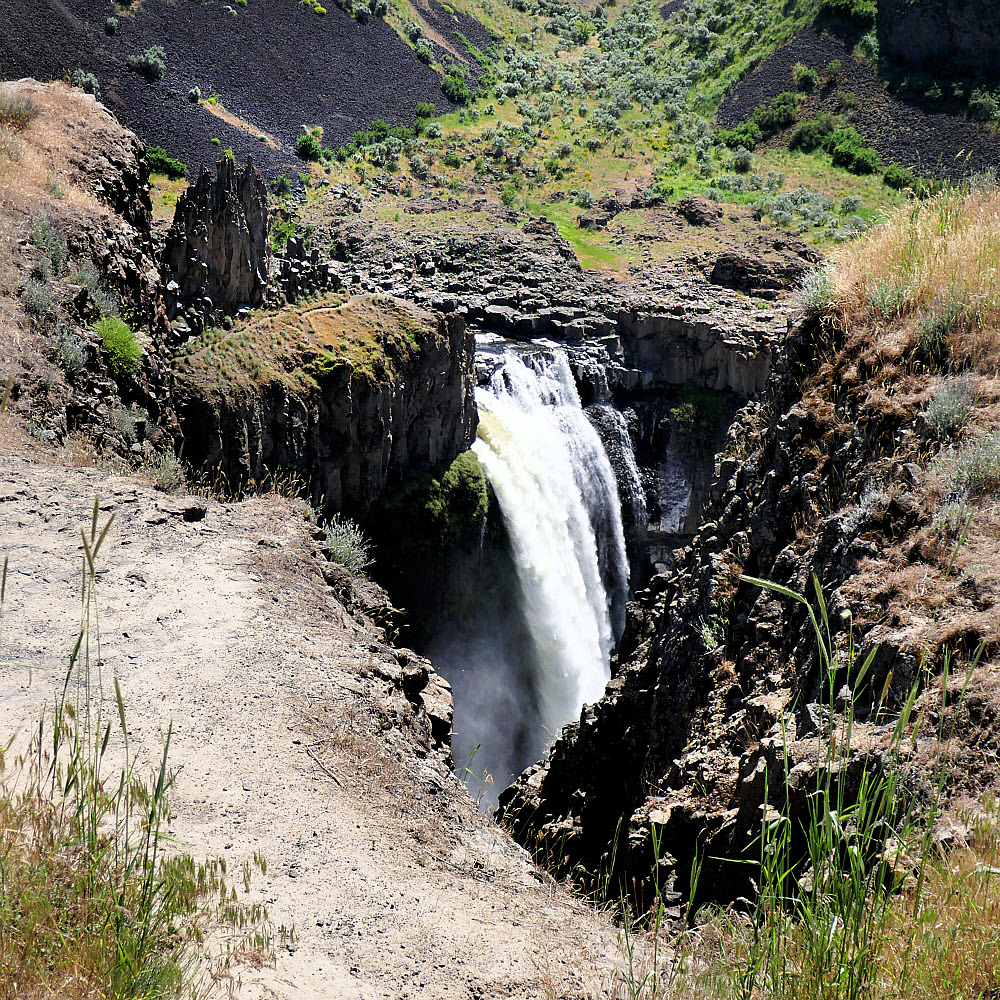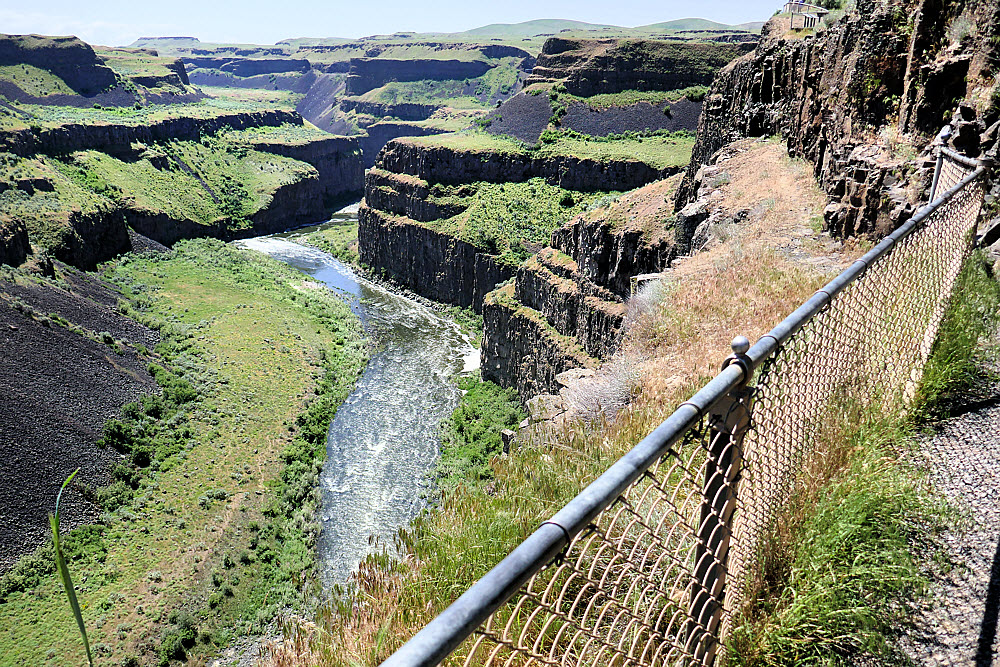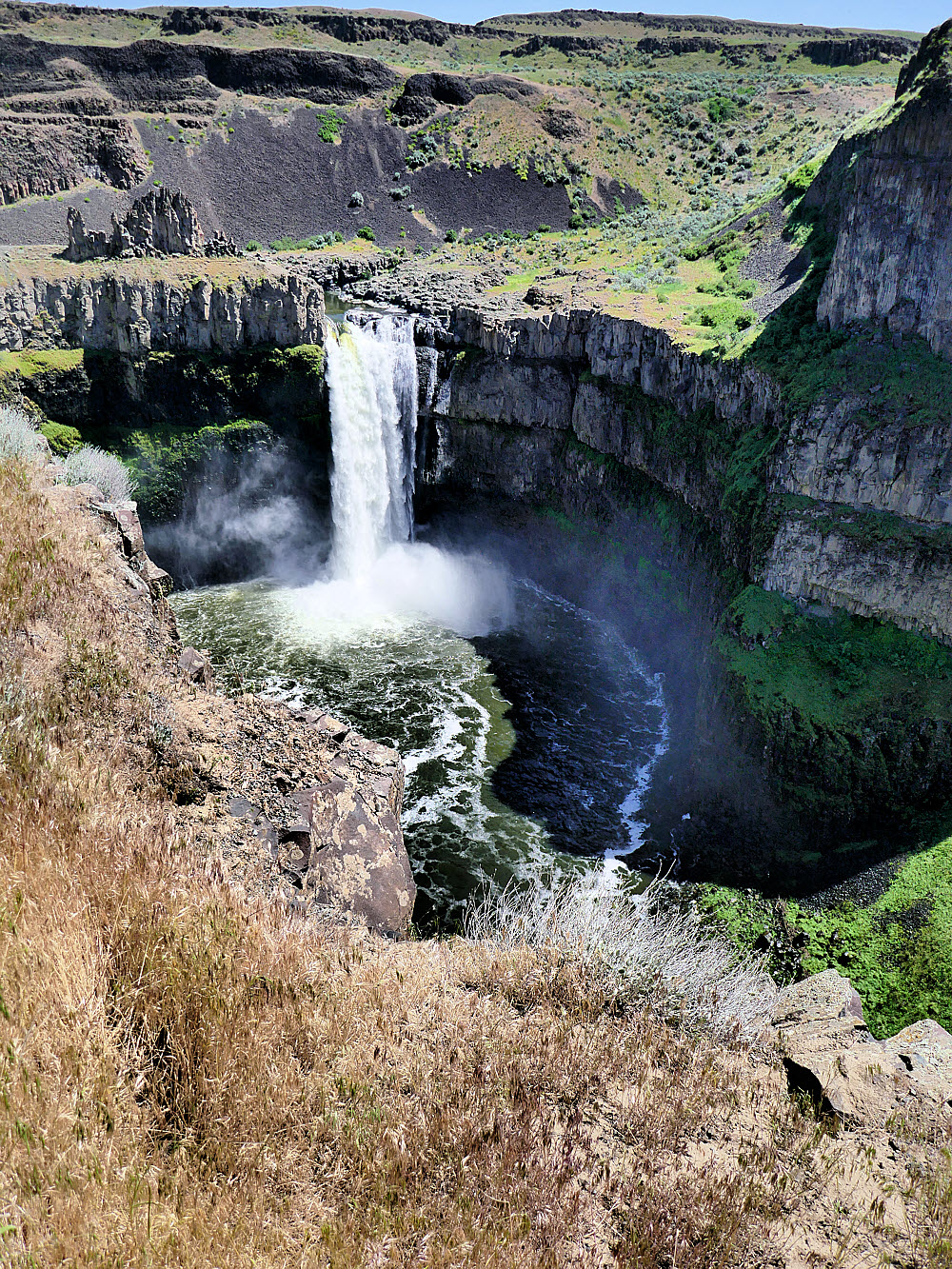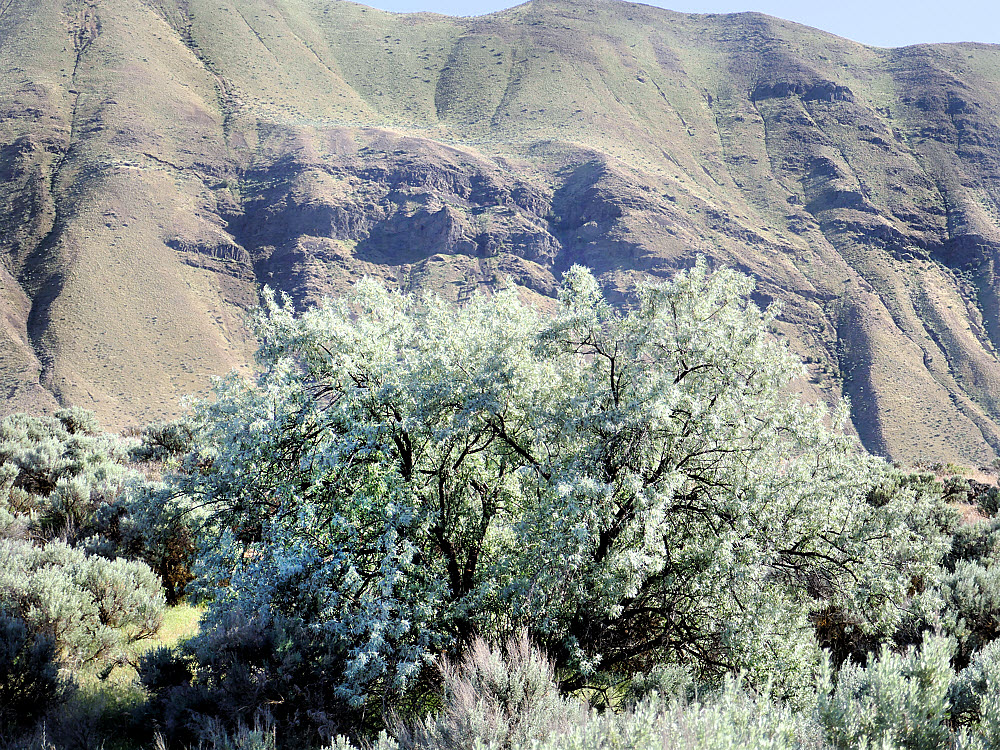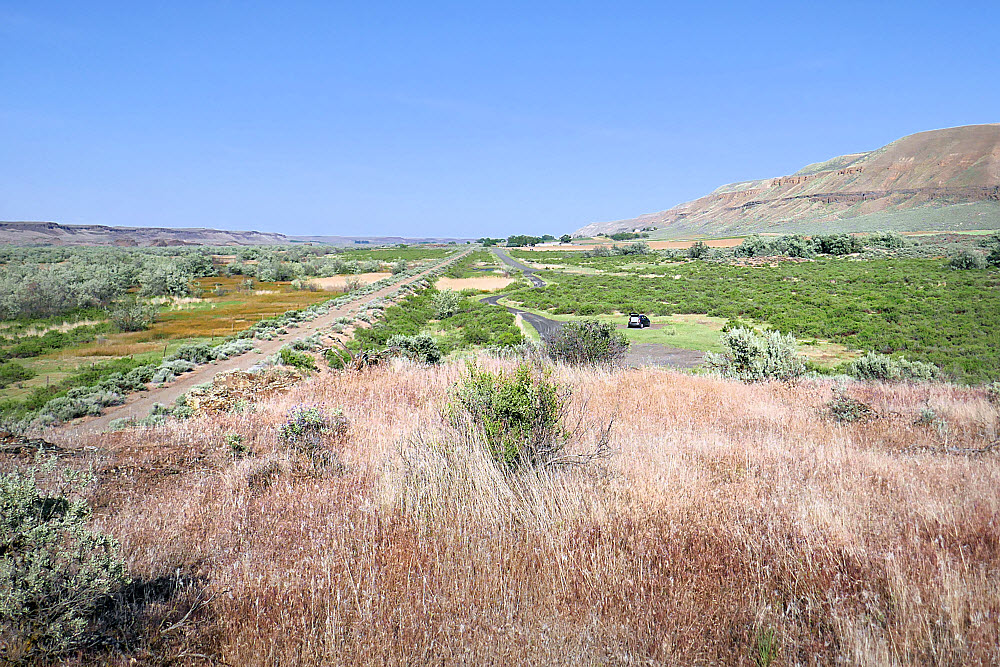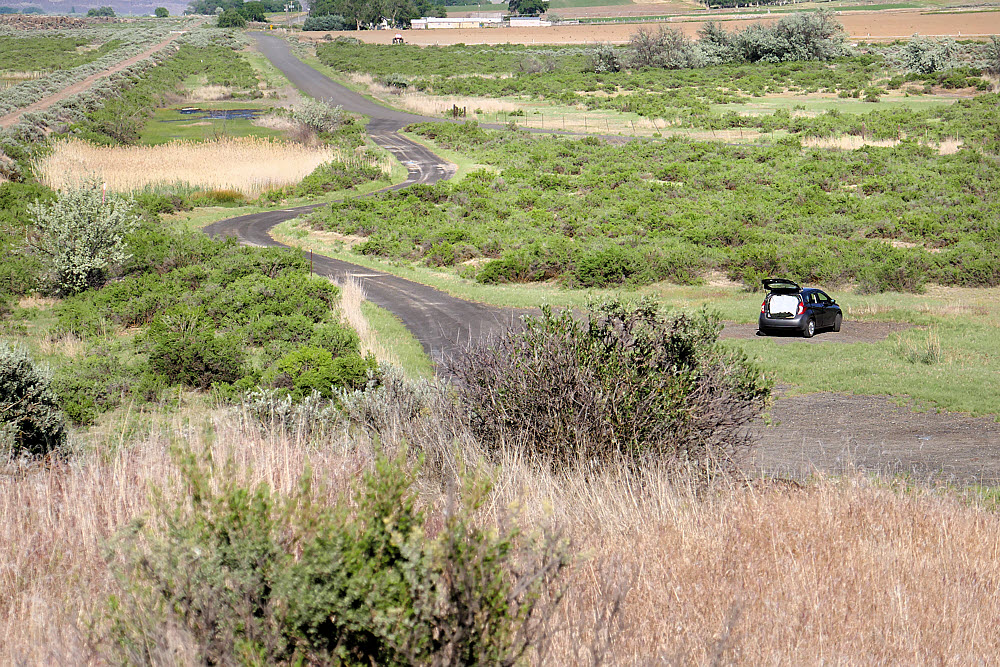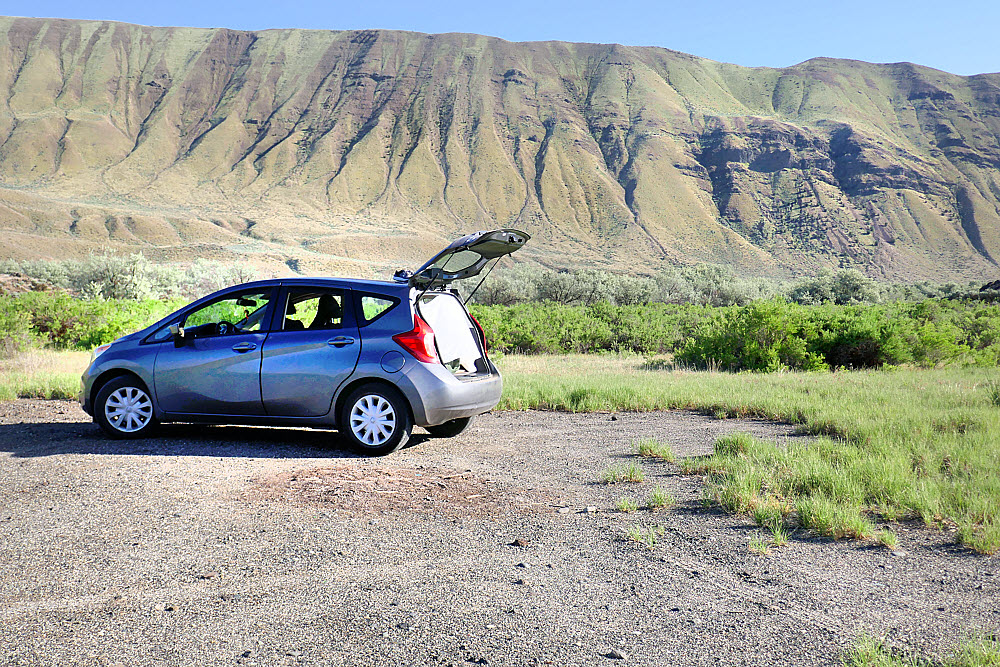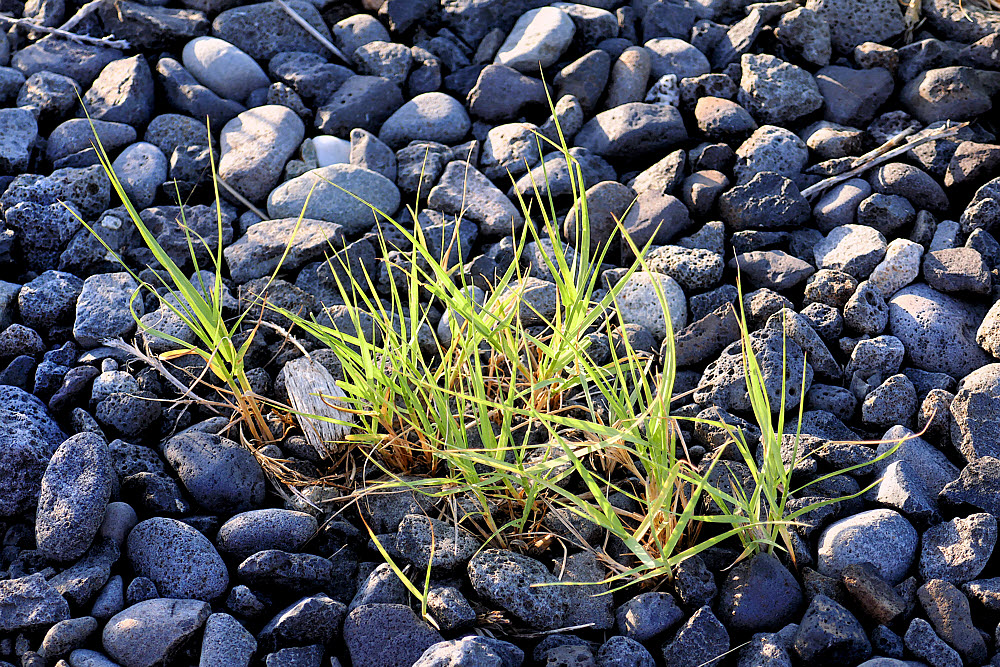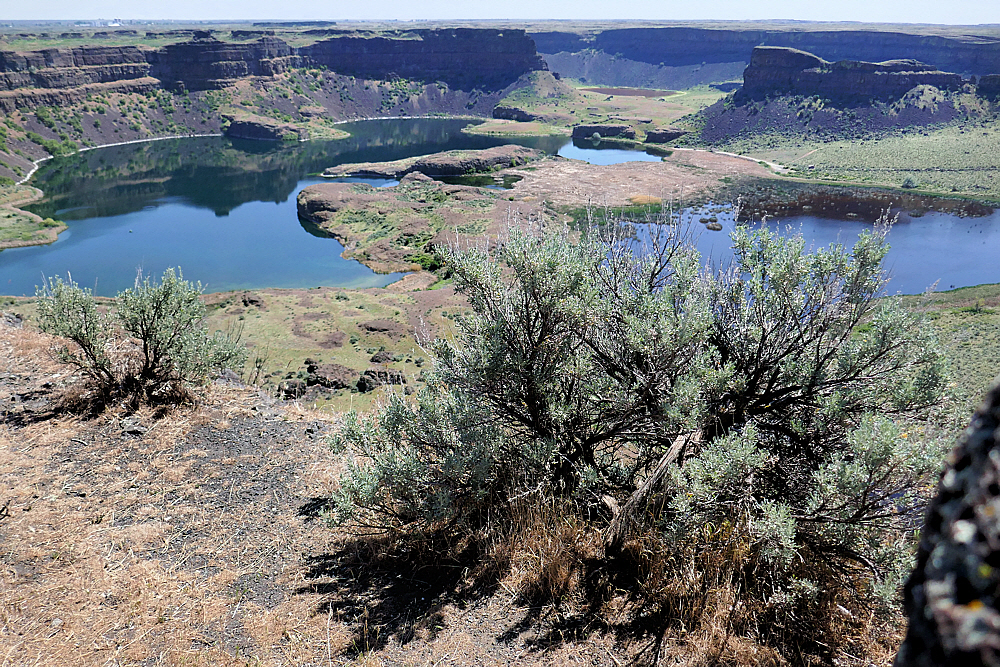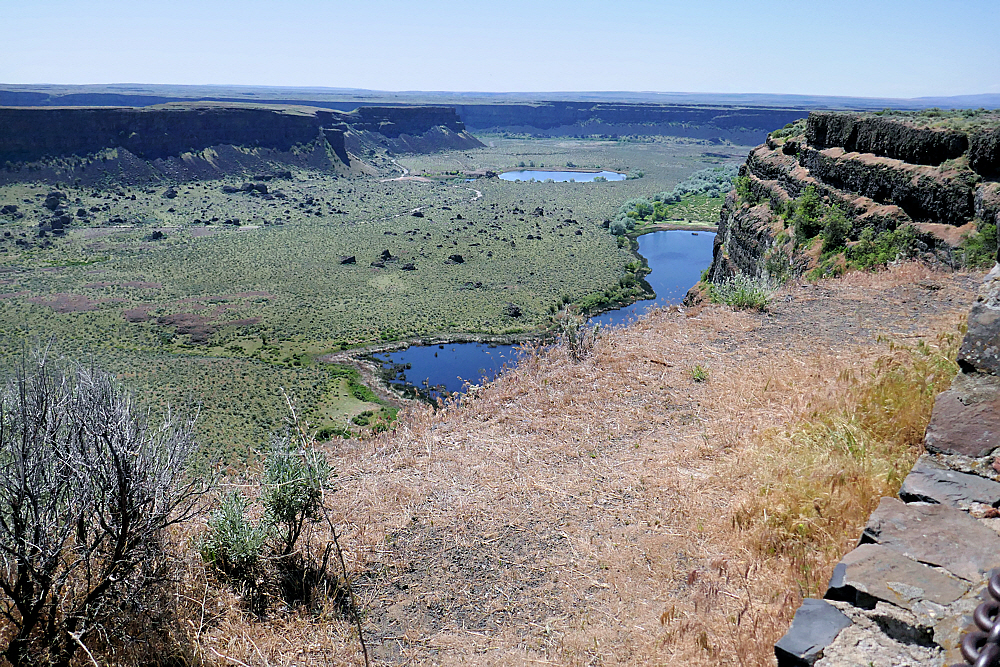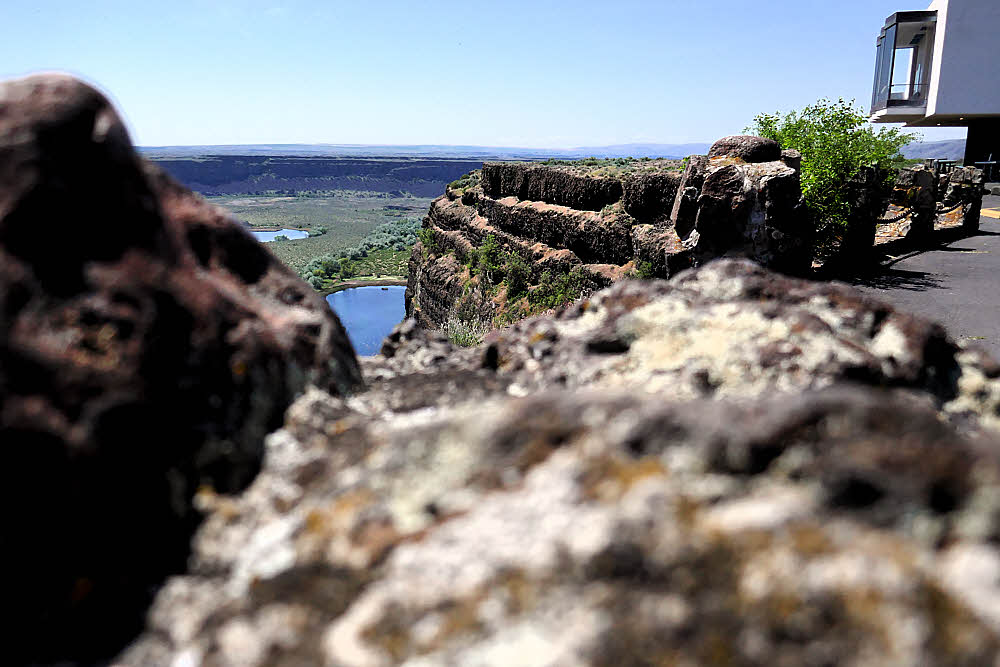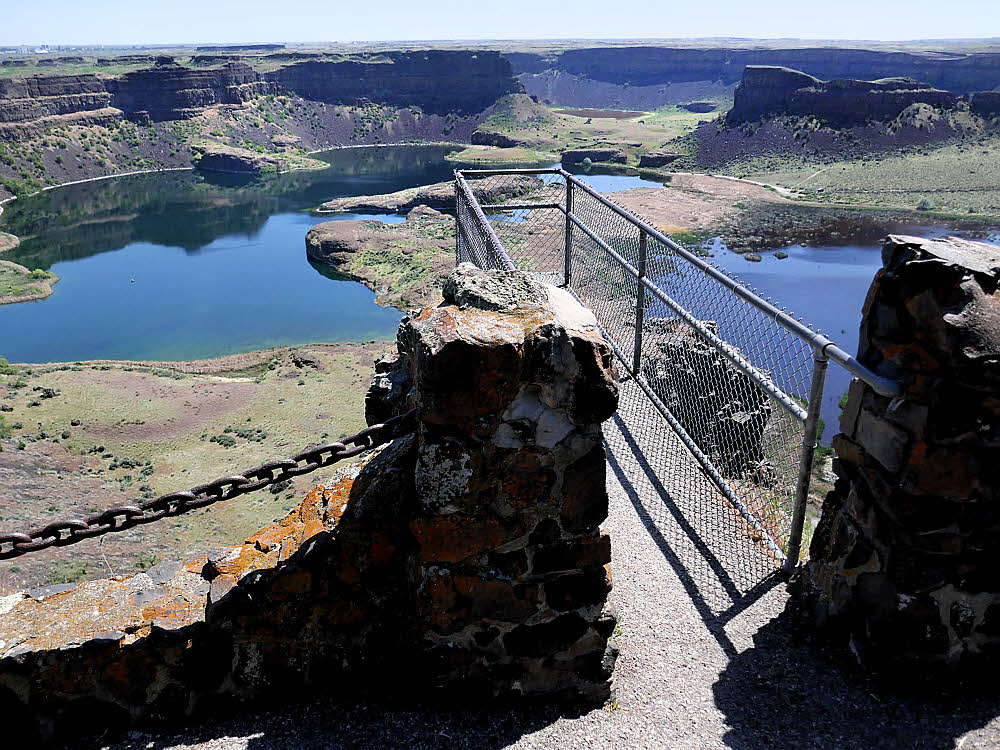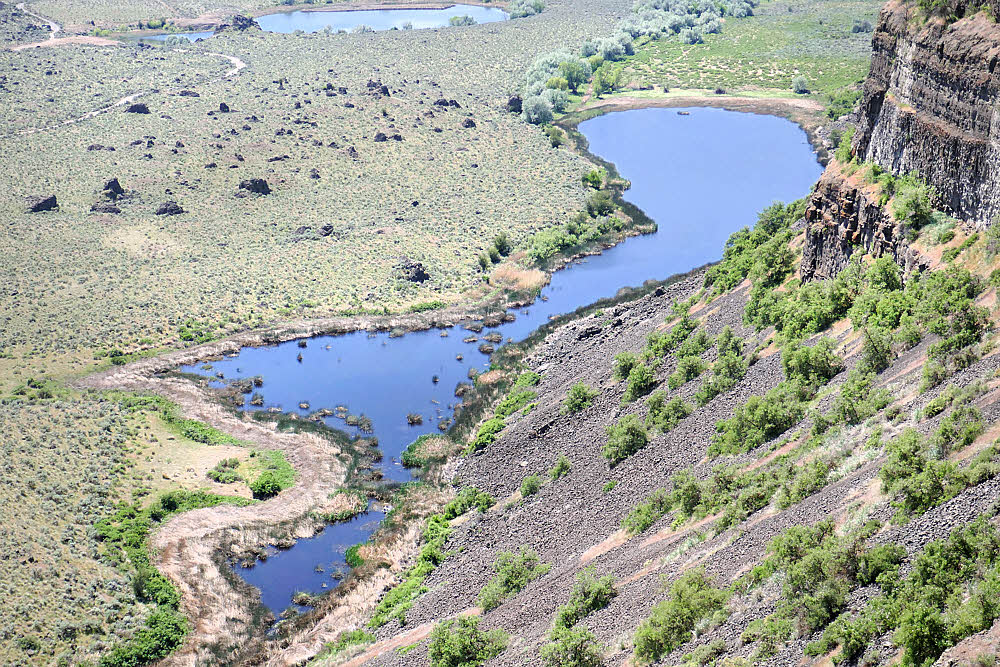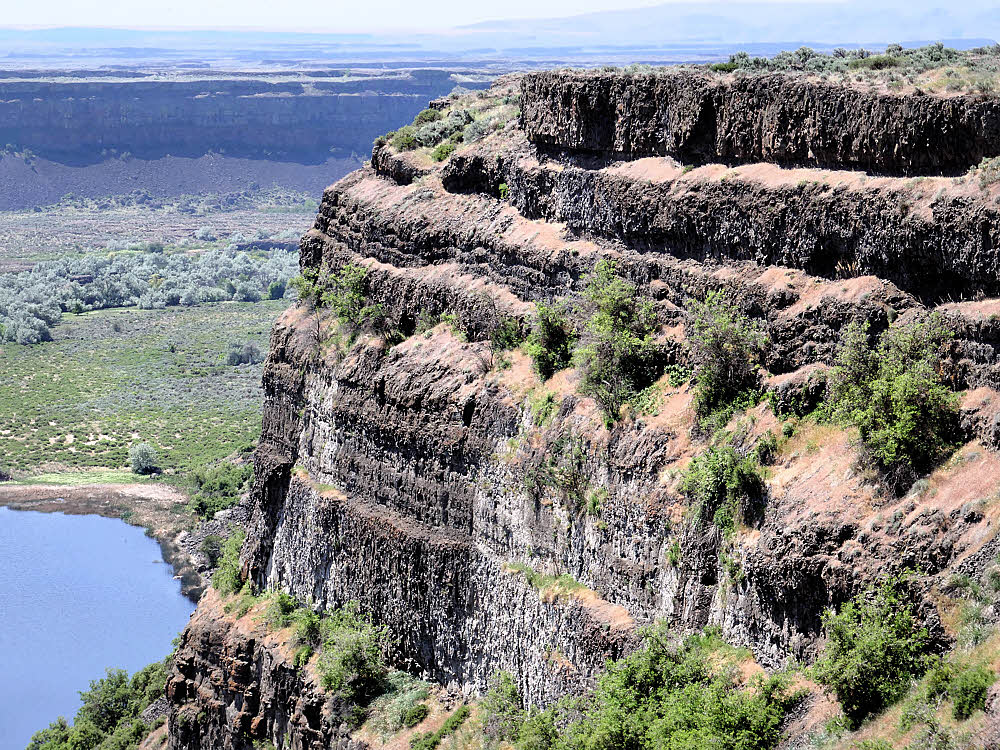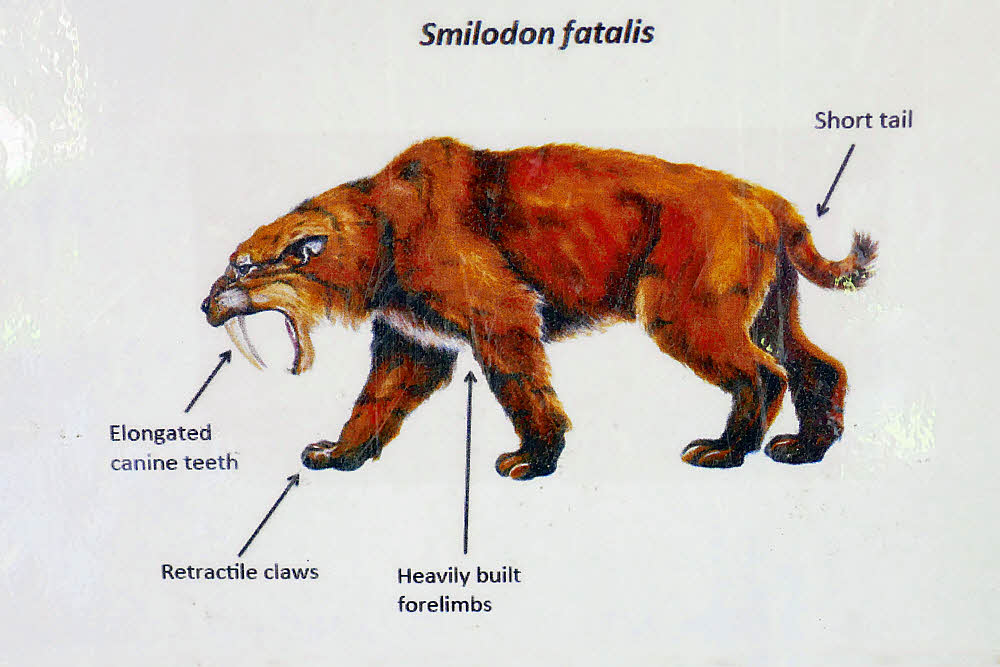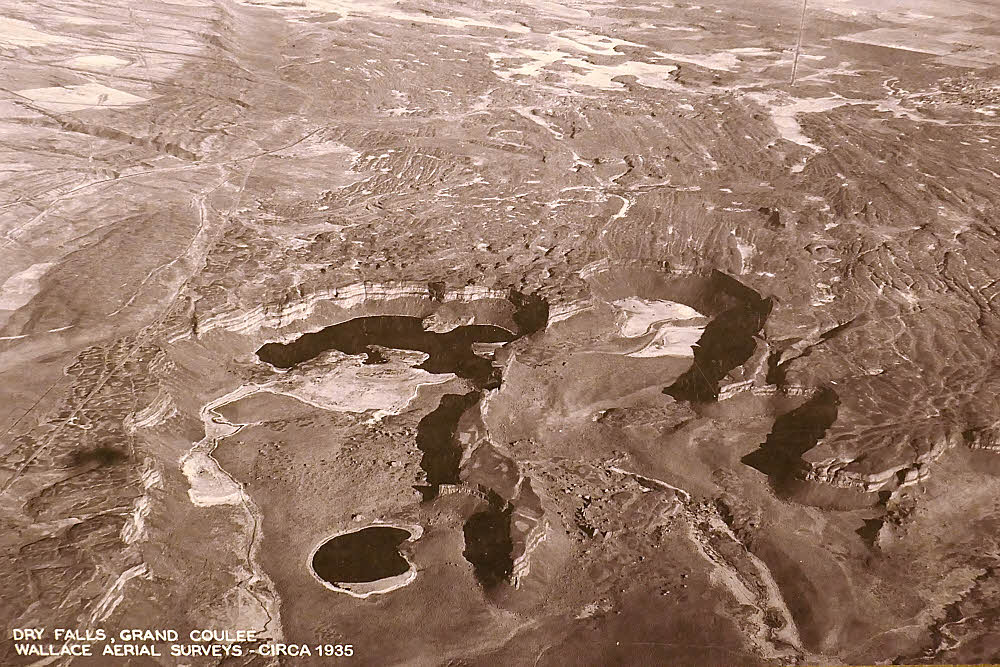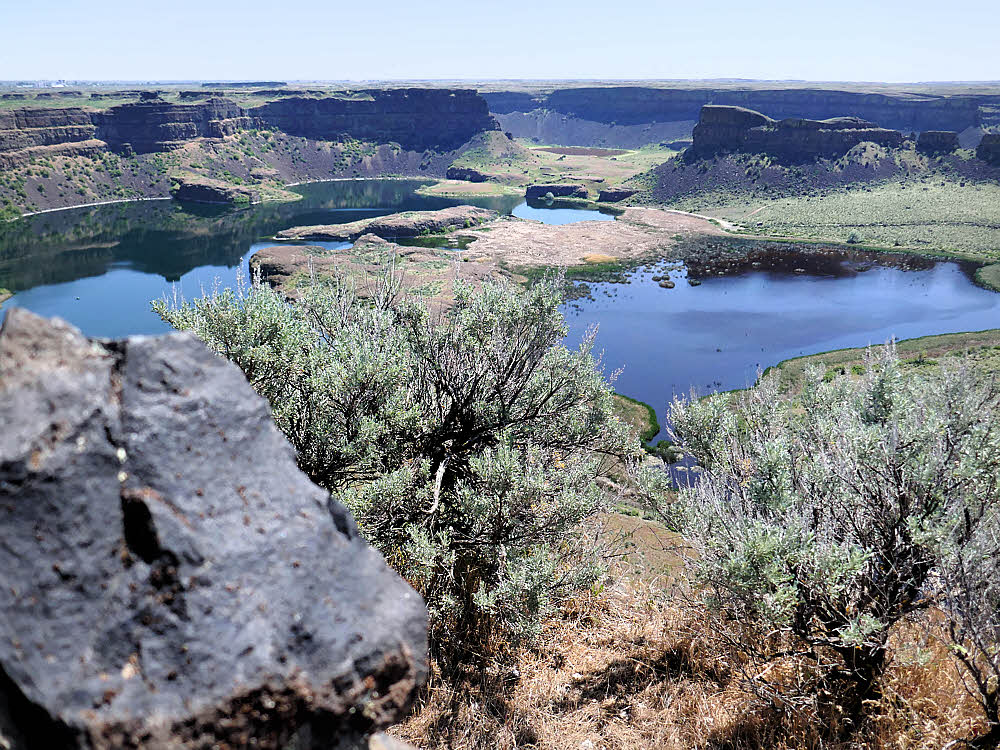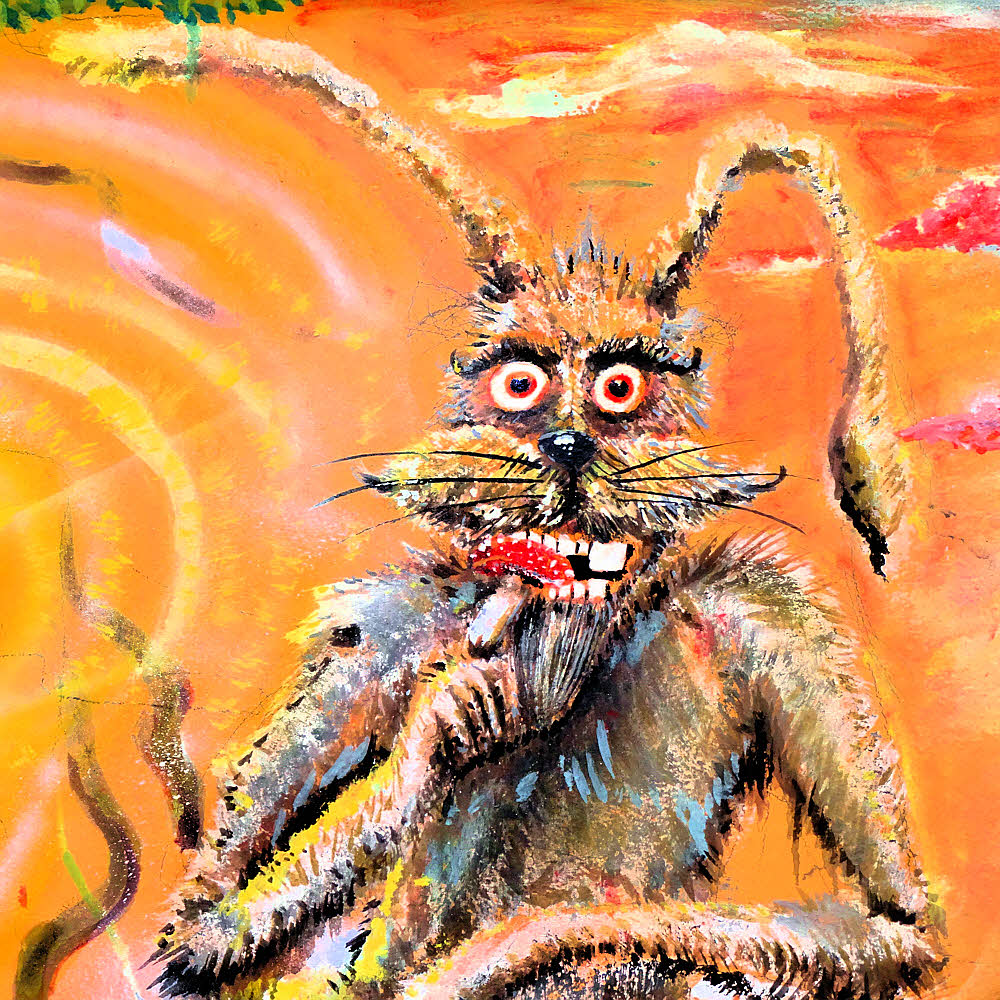
I had a cousin who died over 20 years ago. She was born a month before I was. From my perspective now, today, she died young.
My high school class had a reunion last summer. It was their last, most likely, and my final chance to attend at least one high school reunion, which I missed again. But ahead of that they did post the photos from the yearbook, including a section for now-deceased classmates. My photo was in there, and I think I know who they got notice of my death from, but that isn't the point here. The point is that several people I knew well have died off since I last saw them, including one who succumbed 10 years ago, to brain cancer.
So I'm getting up there too. Time to start looking over my shoulder.
As the saying goes "Time flies like an arrow, fruit flies like a banana." I can't say I feel like a banana, though I did earlier today, which is why I ate one. Nevertheless, food is on my mind at the moment.
This is odd, and it isn't just the food (or me) that is odd — it's all odd. We live in an odd world, especially my part of it. Bent and wiggly, with strange little crinkly bits scattered here and there, composed of surprising and at times unsettling components, some of which, in turn, have disturbing smells. There's no telling where this will lead or how it will end. (Though if you know, please write and tell me so I can send you an autographed picture of someone who looks better than I do. Always glad to be of service.)
And the other odd thing (currently) is that I'm thinking about tents and trails and packs again. After last summer I swore off all that nonsense forever, but forever can be a short while. It happens. Just ask anyone who has ever been married.
Last summer then. Last summer I set out to be full of life and fun and to drive around and have lots and lots of interesting backpacking experiences and had none at all. Almost none. I was out for two nights, one night each in two different locations. It was largely a logistical problem.
I bought a bunch of stuff that I'd be needing, and that I really, really wanted, including a car, and found out all too soon that to really live a free and untethered life I needed to be tethered. That I needed an apartment to use as a home base.
What I had was a small hatchback car to live in and a four-foot by five-foot storage space for the stuff that was not in my car.
I slept in the car but couldn't use it in town because there was no privacy and no way to get any. I could have blocked off the windows (and eventually figured out a really good way to do this), but it would still have looked far to suspicious to chance it parking in any city overnight, so I needed to drive 20 to 30 miles outside of town every single night, to park in the woods to sleep. And I could pee there, any time of night, unlike in town, parked in front of someone's house.
That was one problem.
Another was that I was tied to my storage space because if I had kept everything in my car I would not have had enough room in it to sleep, and not even enough room to get into it. So I had to visit my storage space several times a week to stuff away or to retrieve whatever it was that was important at that moment. But there was no room there to lay things out and work with them. It was a constant struggle just to find some little thing that I needed right then. A living-room floor is a necessity.
That was another problem.
And there was weather. Arriving up north in western Washington State at the beginning of March gave me lots of time to buy what I needed and to plan my plans. I thought. It was a typical March — gray, wet, cool, wet, gray, but that is what I expected. Then came April, the wettest April on record. True. I can vouch for that. There were oceans of rain, but I made it through, still mostly undaunted.
Then came May. May was tied for the driest May ever, and it set a new record for heat. It was hot. It was the hottest May ever. Things began to wear on me. I was hiding from the weather and not getting done what I needed to do, but June took care of that. It nearly killed me, and did kill my plans.
June was fierce. Fearsome fierce. No rain and much heat. It was unbearable., and there was no relief. March and April I had spent in the library to avoid the rain. May and June I had spent in the library to avoid the heat. July was far worse — still no rain, yet more heat. Temperatures were in the mid-90s (mid 30s Celsius). It was impossible to go anywhere or to do anything. My best option was to leave, so I did that, at the end of July, completely defeated.
So where am I now?
In Ecuador. I'm living at 8000 feet (2438 m), and it's summer all over again, but it's a good kind of summer. Temperatures here range from 50°F overnight to 70°F on a hot day. I have sun sometimes and rain sometimes, and a fine place to live. I pay $470 a month and they take care of me: a decent apartment, all utilities included, totally secure (and quiet), DirecTV for occasional idle amusement, a solid internet connection, weekly maid service (Sonia), and good food ($3.00 for lunch). I buy bread, fruit, cheese, and yogurt to fill the corners that lunch doesn't reach, and I know two really fine cats who like to bite me.
Still, life is more than sleeping, eating, and bleeding, so I'm thinking again. There is a chance I'll leave again and probably make all the old mistakes again, planning to buy another vehicle and pretend that I'm 30 years old again, and can blithely traipse through life backpacking here and there as my whims dictate, though I may get lucky and die first.
But if I don't, and do go backpacking again, I'll need to eat, and that's what I'm thinking about now.
Among other things, I miss Soylent.
Yeah — synthetic food. I ate a bunch of it last summer. (This year's first summer. I get two this year.) The more I think about it, the more I miss it (Soylent). It would make a really fine backpacking food. We need decent backpacking food.
The more I learn of what other people are eating, the more my skin crawls. The more my teeth grind. Take a look at what Andrew Skurka laid out for a Colorado elk hunting trip. Yucky-poo. Sooper-dooper, gag me yucky-poo.
You'd think that synthetic food would be at the very bottom of any list, above only moldy turds or cold diarrhea soup, but Soylent is far better than what most people eat, especially pop-tarts, candy bars, meal-replacement (candy) bars, candy, and candy. Even the stuff I've thrown together in the past is way better than what most people seem to eat.
So bet on it. If I go back to North America sometime, and backpack sometime, I'm taking Soylent. Not for all my meals, but for some of them.
Here in Cuenca, Ecuador, we've got a white-haired dietitian who writes a blog. About half the time she simply lifts what someone else has written and posts the whole damn thing. The rest of the time she writes her own stuff and says some really crazy things. She's anti-fat, anti-meat, pro-vegetarian, pro-vegan, pro-"Mediterranean" diet. And other unreasonable things.
She's recommended chocolate as a healthy "food" (because anti-oxidants). She's pro-wine (because "science", even though alcohol is a proven carcinogen, and there appears to be zero amount that's safe to consume). She often claims that red meat is dangerous, and processed meat is double-ugly-bad-dangerous. Butter is bad. Dairy products are suspicious. Gluten? Yeah, well... Basically, she's 30 years out of date and accepts every "study" that has ever been published by any food company, unless it is actually rigorous and real science or contradicts her prejudices (i.e., is actually rigorous and real science).
So, a few years ago I came across some interesting info that made me begin to rethink everything (see the Nina Teicholz video, below for something similar), and I've been saving bits and pieces, and every chance I get, I post a response to the dietitian's goofy claims, not expressing my personal opinion as such, but posting a link from a real expert that directly contradicts what she's just said (or plagiarized). So people here have a chance to think for themselves.
Which kind of relates to this whole Soylent subject after all. (In a moment.) Granted, a powdered foodstuff consisting more or less of "appropriate chemical substances" does not seem to be a good bet but I'm a pragmatist, folks. What works is what I'll go with, and Soylent sure seems to work for me.
This dietitian makes a point of asserting her various certifications and memberships and degree(s) and so on, as if that actually mattered, but there are lots of "crimps and spungs and feebs" out there, as William Faulkner put it, and many of them even wear suits and have office walls bearing certificates, licenses, and diplomas. And some, like this dietitian, also frequently cite such well-known scientific journals as "Popular Science", "USA Today", and "Huffington Post".
In general, I find myself agreeing with Rob Rhinehart, the founder of Soylent:
Argument from Authority: "Science", Feynman says, "is the belief in the ignorance of experts." I am not a doctor, biologist, or nutritionist. However, we all have access to the same information. Anyone can read a textbook. One does not have to take a class on something to know it, nor must one fully master a field in order to do something useful with it. From In Defense of New Food)
As soon as I have a reason not to agree with Rhinehart, I'll stop doing so. If I ever have a problem with Soylent or with any of the backpacking foods I've developed and used in the past, I'll drop them too. But while things work, they work, and I'll keep on, pragmatically.
Want a little more from Rhinehart?
This is Just Weird: Look at the current behavior around food in the developed world. Fad diets are in constant rotation, and the food industry follows suit based not on data, but demand. People staple their stomachs, freeze themselves, starve themselves, slavishly clean juicers, and drink weird liquid diets like Odwalla juice, which had a fatal e. coli outbreak due to a refusal to pasteurize (they do now). Eating disorders claim more lives than any other mental condition. Obesity and diabetes are out of control. Diets are unsustainable because they are too difficult. 95% of those that go on a diet quickly gain the weight back. Being healthy is about forming good habits and allowing yourself time off. Every organism makes decisions based on perceived energy expenditure. Humans thus consistently seek the cheapest, easiest solutions. By making the cheapest, easiest option for food the healthiest, and helping maximize the enjoyable aspects of social eating, soylent breaks the cycle of poor diet and makes users healthy by default. Currently health and diet are strongly correlated with income. I wouldn't say it's normal to have a perfectly balanced diet on the cheap. But I wouldn't say it's weird. Worrying about something as simple as food in the digital age is weird. If my behavior is making me happier, healthier, and reducing my environmental impact it should be encouraged, not mocked. (From the same source.)
I agree.
For me, everything is a tool, except living things. Tools do things. Food keeps me alive, healthy, and happy so I can do things.
So food is a tool. It's fuel. I like to eat food, to tank up, but I don't want to waste my life on food. After all, no matter how fine the food or how fancy the setting where I consume it, everything I eat turns to shit. That says something, doesn't it?
But wait — there's more:
Food is the fossil fuel of human energy. It is an enormous market full of waste, regulation, and biased allocation with serious geo-political implications. And we're deeply dependent on it. In some countries people are dying of obesity, others starvation. In my own life I resented the time, money, and effort the purchase, preparation, consumption, and clean-up of food was consuming. I am pretty young, generally in good health, and remain physically and mentally active. I don't want to lose weight. I want to maintain it and spend less energy getting energy.
I hypothesized that the body doesn't need food itself, merely the chemicals and elements it contains. So, I resolved to embark on an experiment. What if I consumed only the raw ingredients the body uses for energy? Would I be healthier or do we need all the other stuff that's in traditional food? If it does work, what would it feel like to have a perfectly balanced diet? I just want to be in good health and spend as little time and money on food as possible.
I haven't eaten a bite of food in 30 days, and it's changed my life. (From 2013's )How I Stopped Eating Food.)
Whether this is rational thinking or not, it seems to be, sort of, maybe, for now, but as I said, I'm adaptable and willing to turn elsewhere as needed.
Beyond that, I've done some things right in the past. (I.e., cutting to the damn chase then.) What worked...
Note: For backpacking, I put all my "hot" food into quart-sized, freezer-weight ziplock bags. At mealtime I add boiling hot water, massage the contents after sealing the bag, wait for it to cool, and then eat the contents by ripping off one corner of the bag with my teeth and squeezing the contents into my mouth. No muss, no fuss, no cooking, no cleanup. The used ziplock bags go into my odor-proof trash bag.
Instant Mashed Potatoes
- One package Idahoan instant mashed potatoes, with whatever seasoning seems agreeable
- Four tablespoons butter (about 2 ounces/57g)
- Four tablespoons grated parmesan cheese
- Four tablespoons powdered milk
Oats
- About 2/3 to 3/4 cup of quick-cook (1 minute) rolled oats
- Four tablespoons butter (about 2 ounces/57g)
- Four tablespoons powdered milk
- Raisins to taste
Soylent
- 1/3 pouch (about 5 ounces/142 g)
- Four tablespoons butter, about 2 ounces/57g (Walmart now sells powdered butter)
- Four tablespoons powdered milk
No-Cook Brownies
(Note: I've never recorded the recipe for this, so the following is a rough guide.)
- 2 cans panko (pre-made dry bread crumbs)
- Plain (unflavored) instant potato flakes
- One 36 ounce jar of peanut butter
- 1 to 2 cups sugar
- 3 to 4 cups powdered milk
- 2 cups cocoa powder
- 1 bottle vanilla extract
- Mix dry ingredients, add peanut butter and mix
- Add enough water to dissolve powdered milk and sugar, then mix
- Add potato flakes as needed to bulk it up and soak up excess moisture
- Press into pans and let air-dry in the sun (back window of car)
- Cut into chunks and bag into meals
Baked Brownies: Read A Few Wee Brown Squares
Pinole: Read Pinole
Shortbread: Read Bite Me, Quick!
Other Stuff
Chips: As mentioned in a previous post, potato chips and nacho corn chips are both good for lunch. Flavorful, greasy, crunchy, salty, quick.
If not chips, then brownies for lunch.
First, determine how much makes a meal. Then buy as many bags as you'll need.
Take a bag, punch a hole into it, and crush the contents with the heels of your hand (or a rolling pin if you have one, and a kitchen to work in). Open the bag and pour one meal's worth into a freezer-weight ziplock bag. At mealtime, open the top of the bag and shake the contents into your mouth without touching the food. This way you'll keep your hands grease-free.
Special note: Given enough time, like a week or so, the oil from potato chips will begin to migrate through even a freezer-weight bag, so watch this. If you make the mistake of using regular-weight bags to keep the chips in, you'll have oil all over the inside of your food bag. Go ahead, try it. See how you feel out in bear country when you discover that the inside of your food bag, or the inside of your pack if you're really clever, is covered in potato-chip oil. Not to mention your hands every time you handle any of your food, no matter how tidily you've parceled it out.
Candy: Black licorice (the real stuff), or hard candy, or raisins. Or some other dried fruit (but that gets expensive).
Multi-Vitamin Pills: Two or three per week, just to be safe.
Drinks: Tea, with breakfast and maybe lunch. Unlike coffee, it's easy to make and cleanup consists of rinsing the cup, and can be skipped if you need to. Dries clean. No oily film.
For me: I notice that I don't need much variety or anything fancy. Mostly it's a matter of what tastes OK and what gives me energy to keep going, with an eye on a reasonably-adequate balance of nutrients. Four pieces of hard candy a day is stimulating — not too much, not too little.
What Else?
Comments? Send email to sosayseff@nullabigmail.com
See if that helps.
I got a comment!
Now what do I do? This is so unexpected.
Soylent eh?
Matt S
to me
Greetings from Seattle, WA.
Winter arrived recently (think April replay). Winter isn't like it used to be in the Pacific NW around the turn of the century. Then it rained 1-2 days a year, and the rest of the time it gently precipitated. I used to walk to work 200 days a year and almost never, despite walking in the "rain" often, did my hair get wet. Now we often get rain. Real rain. Like the rain that we'd get back in Michigan where it dumps rain by the bucket.
Glad to see you writing again, I've been following your blog for years. Poignant, witty, and interesting. I haven't been out much for the past few years. I'm living a different chapter (than climbing/hiking) of life right now. Wife, kids, new old (1955) house I've put 2 years of sweat equity into. Lots of over-building everything so it's ultra-durable so I won't have to touch it again for a decade, by which time I'll have my climbing gear dusted off.
You piqued my curiosity so I just ordered a 7-pack of Cacao Soylent.
Matt
So I guess I'll try this.
Yeah food. Some day I'll figure it out. Maybe.
My sister just sent me this.
She said she didn't even know why she thought it was funny. So far that makes two of us.
Thanks for writing.
-- Dave
